“What is essential is invisible to the eyes,” wrote Antoine de Saint-Exupéry. This is the secret that the fox reveals to the Little Prince, an invitation to go beyond what is seen on the surface, which may perhaps at first glance seem insignificant, and to see with the heart, thus discovering that a detail that appeared insignificant can actually acquire meaning, value, if felt emotionally, if experienced deeply. An invitation, then, to give importance to small things, to all that is simple, because that is where true beauty is found and that is where the essence of life lies, that is, the substance that matters most, what is truly important. The fox, of course, refers to affection, friendship, the bonds that are created during each individual’s existence, the human being’s need to relate to others and to the world, animal and plant (it was to a rose that the Little Prince devoted his care and loved), but his invitation is also about the ability to be moved and to look inside oneself. A theme that is more relevant today than ever before, in a world that seems increasingly devoted to showmanship, sensationalism, ostentation, superficiality, visibility at any cost, to always create those effects aimed at arousing astonishment and less and less inclined to simplicity, spontaneity,essentiality precisely, because it is perhaps considered of little value. Without realizing that, in most cases, there is no value in flashiness, because even the smallest, most insignificant, most everyday detail can hide an entire world. Striking in this sense is the photography of Enrico Amici (La Spezia, 1963), far removed from spectacular photography and virtuosity as an end in itself. Behind his photography lies the poetry of the ordinary, the everyday, there is the ability to see the extraordinary even in things that apparently do not arouse curiosity, there is research. There is a sensibility in seeing and looking at things that seems unusual today, because it has probably been lost in a society too accustomed to immediacy, to everything and now, a society that all too often considers it a waste of time to pause and reflect, where the attention one devotes to an image lasts no longer than the time of a scroll on one’s smartphone.
For Enrico Amici, “the experience of time is spiritual, sacred”: photographing places and architecture, for him, has to do “with time and silence, with the spirituality of spaces, with the nature of matter.” The act of photographing itself relates him to both space and time: “Framing is a search for my position in time and space. When I use long exposures, a few seconds, it becomes even more apparent to me how that fraction of time is an extended present that connects to the before and after, to history and future, of what is in front of the lens and everything else.” Defining the concept of “thickness of time,” which is also the title of his solo exhibition of the same name at the Ricci Arte Contemporanea Gallery in Carrara in the summer of 2020, the photographer explains that “when we enter a space or place that is for some reason somewhat sacred,” where sacred does not necessarily mean a religious place such as a church, “it happens, if we listen, if we predispose ourselves, to perceive time as if it were arranged on an accordion structure that expands. It increases our experience, awareness of future, present, past. We perceive them simultaneously, enclosed in the instant we are living.”
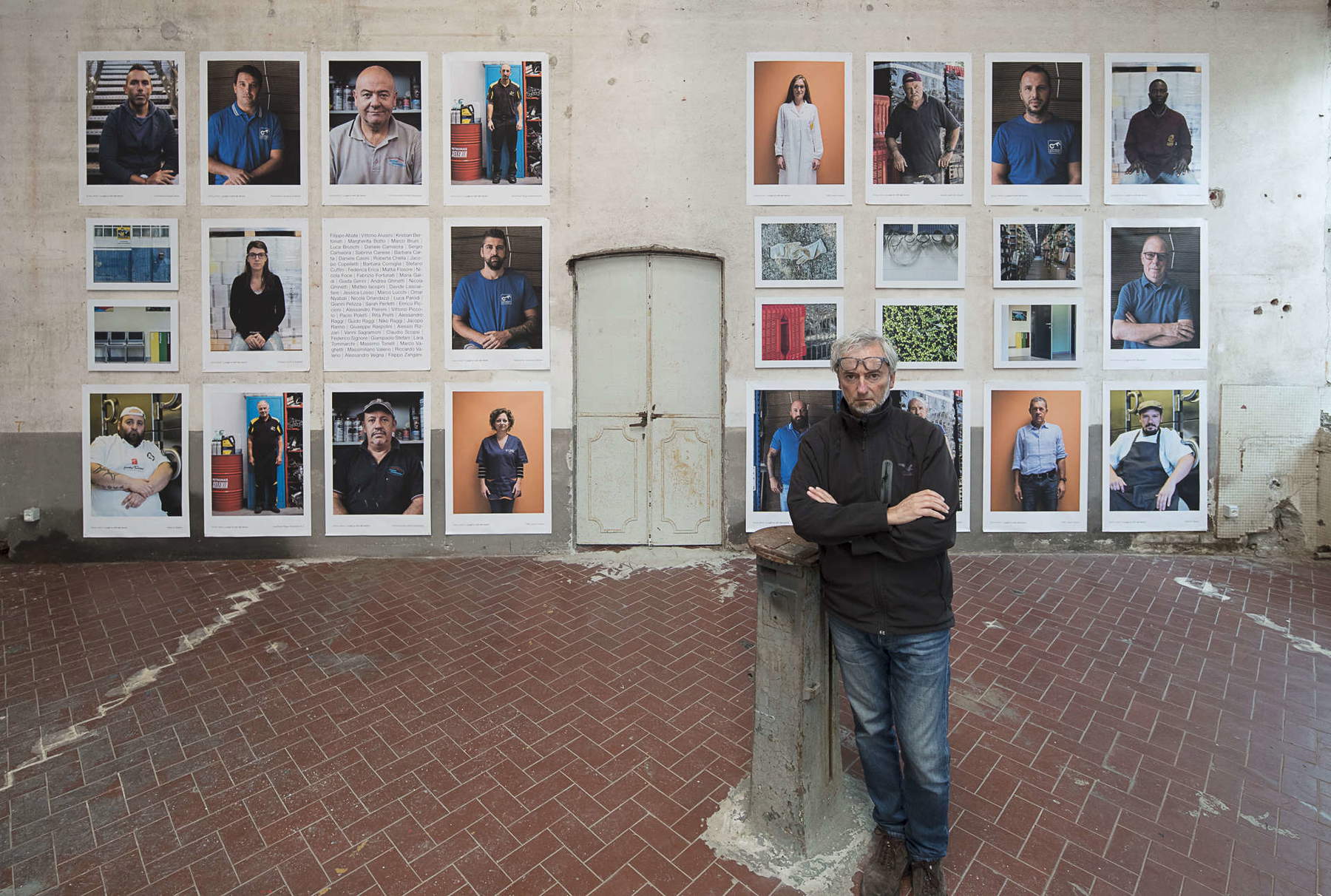
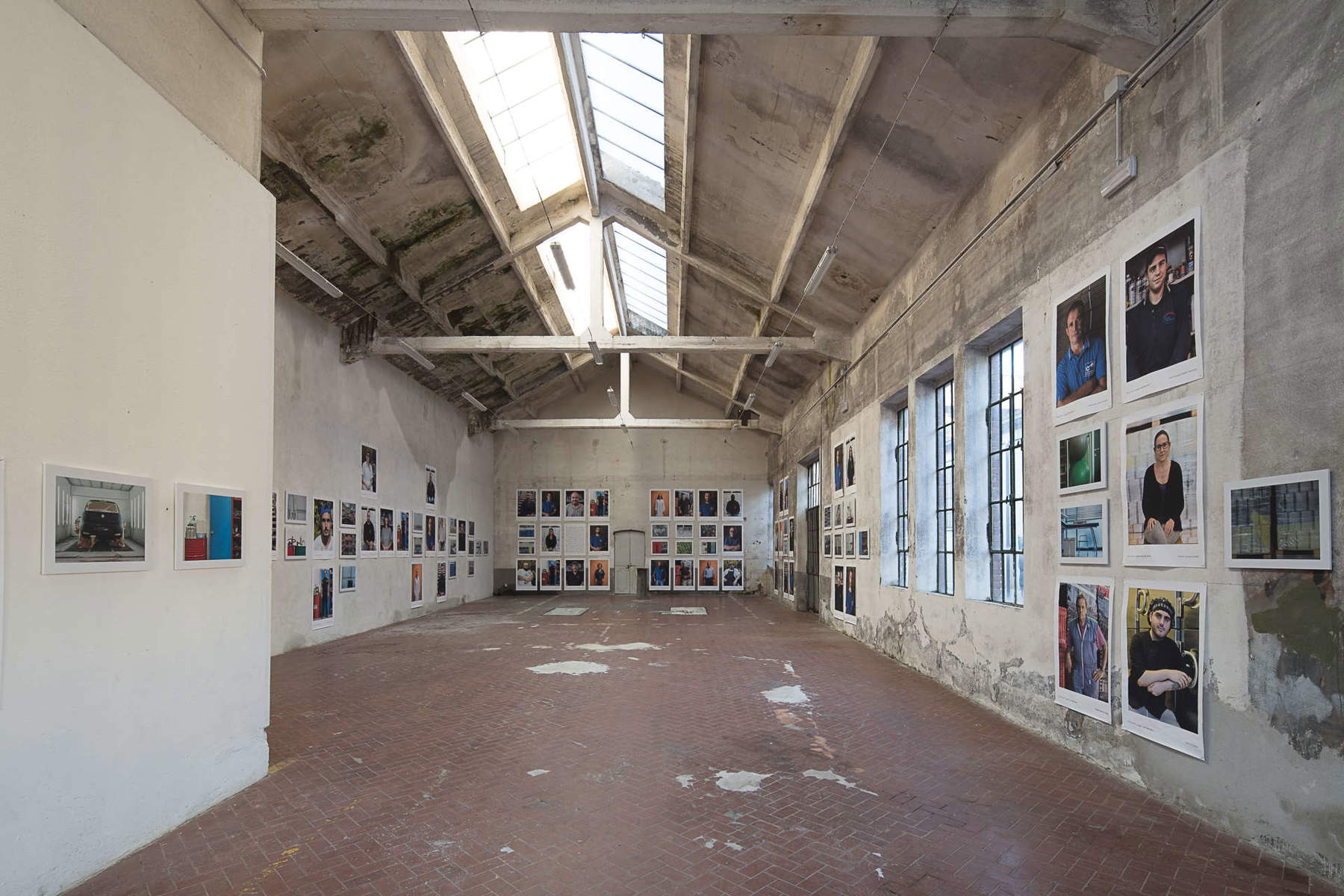
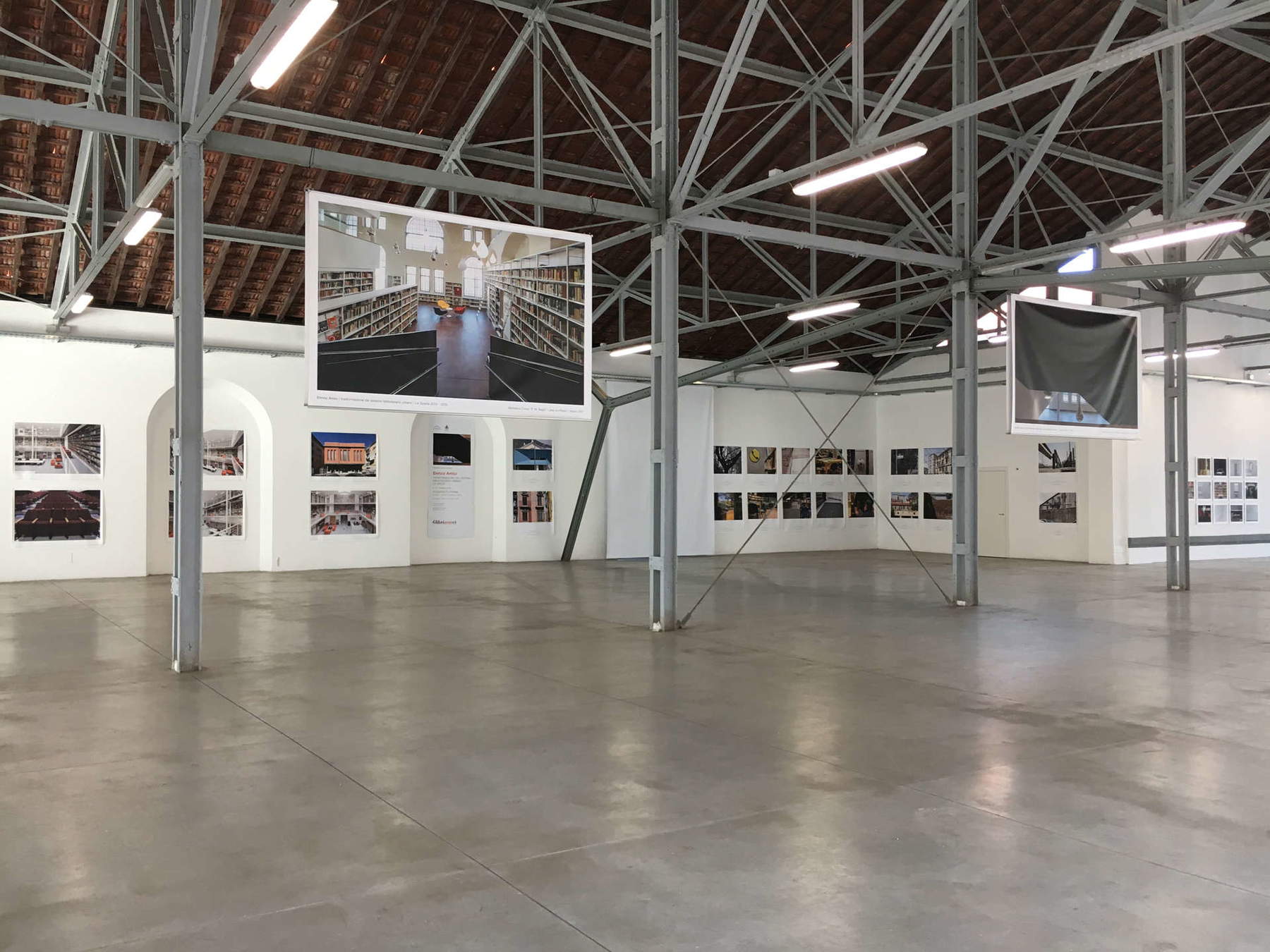
His researches constantly address these themes, from the most recent ones such as those dedicated to Ego-Virgo, the European Gravitational Observatory in Cascina (2020) or to the three streams’waters of the territory where he lives, between Massa, Carrara and Luni, namely the Carrione, the Frigido and the Lunense Canal (from 2017 to 2020), to the less close ones dedicated to the identity and transformations of places and territory, such as the series dedicated to the transformation of the three main libraries in La Spezia (from 2013 to 2019).
Time and space, two fundamental concepts for Enrico Amici. Time as an extended present that binds past, present and future, but also the very act of photographing requires time; immediacy, frenzy, superficiality are the enemies of photography. For Amici, photographing is “taking care, expanding the time of our relationship with what surrounds us; it is resonating with everything, relating and surrendering to the infinite. It is knowing and knowing oneself. It is seeking inner peace.” It therefore has to do with introspection, with the spirituality of ourselves and our surroundings: in this sense it is sacred. “Photographing is in itself an inner achievement, regardless of the visual result,” because it means “going along with an intuition that we do not know exactly where it will take us, but we grasp it, recognize it and follow it.” And the images “of which we will be the first discoverers and users” are the result of all this: of getting in tune with the whole, of surrendering to that intuition, but also of the sensitivity, effort and culture it takes to photograph. But for Amici, photographing also means “undermining a kind of narcosis, of habit,” grasping the extraordinary in the ordinary. Only by seeing things in an extraordinary way, that is, by getting out of habit, is it possible to find the right balance with reality, and then one will not feel the need to take bold shots or sensational processing, and the images will be as seemingly simple as a child’s gaze. Enrico Amici’s are essential and minimal images, which nevertheless reveal geometric compositions, symmetries, parallelisms, repetitions, straight or sinuous lines, solids and voids that combine and contrast in nature or architecture, which he was able to capture in the ordinary by observing with a different gaze.
“I’ve been photographing all my life,” he explains, “but each new shot feels more and more like a mystery to me. It’s the opposite of getting used to doing something. Each time, instead of having clearer ideas, it’s like increasing something unfamiliar. It doesn’t increase habit. It increases trepidation, perhaps astonishment. It is as if each shot opens a little hole, a little doorway to some form of transcendence, of infinity. It increases the awareness of the mystery of the action that I have been doing for a long time, over time.” So there is always for him a component of mystery in photography because, in his own words, “with photography we go into unknown, mysterious terrain; with photography we do something we have not yet thought of. It contains more than we conceive.”
Space as places with which to relate, as places that tell the identity of the territory or places that are urbanistically and architecturally transformed, as in Ego-Virgo, where Amici confronts one of the most advanced centers of contemporary science: one of the three observatories in the world, located in Cascina, Tuscany, capable of capturing gravitational waves, ripples in the structure of space-time that propagate at the speed of light. A center of excellence that is hidden inside a structure with clean, elemental, essential lines. Among cultivated fields, irrigation canals, groves of holm oaks, isolated cottages. In the weekday silence of the Pisan countryside. Thanks to a sophisticated interferometer structure with arms three kilometers long, Virgo is able to measure tiny spatial variations caused by the passage of gravitational waves. It is a scientific revolution comparable to the Galilean revolution, ushering in a new era in the observation of the universe. The photographer’s gaze captures the extreme precision of the observatory’s forms and the metaphysical dimension of the landscape in which it is grafted, the Tuscan countryside. Virgo is an architecture suspended between the earth and the universe, a point of listening to the cosmos, and Amici’s photographs reveal precisely how the place itself, while tied to a technical and scientific function, is imbued with meaning and poetry.
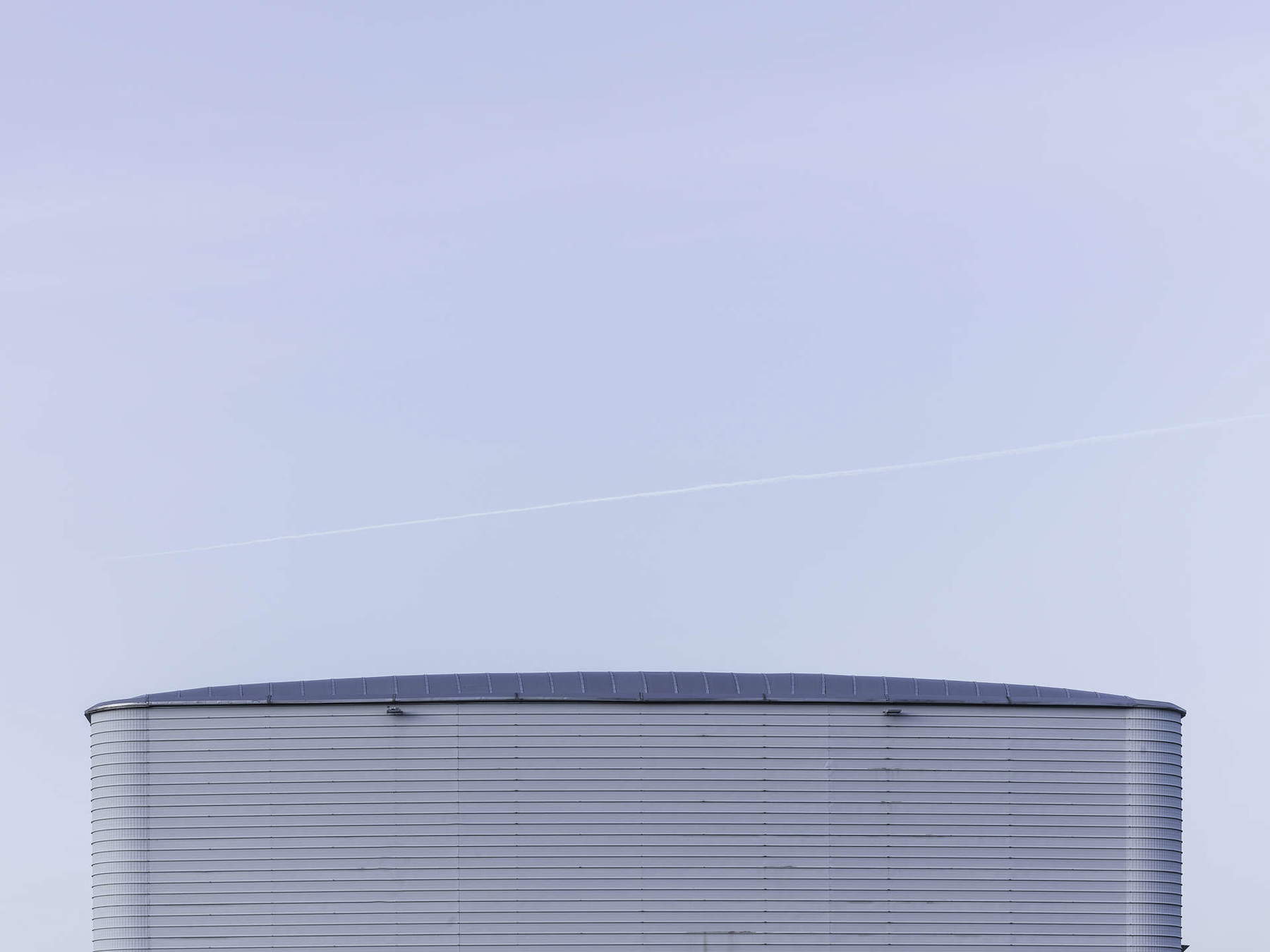
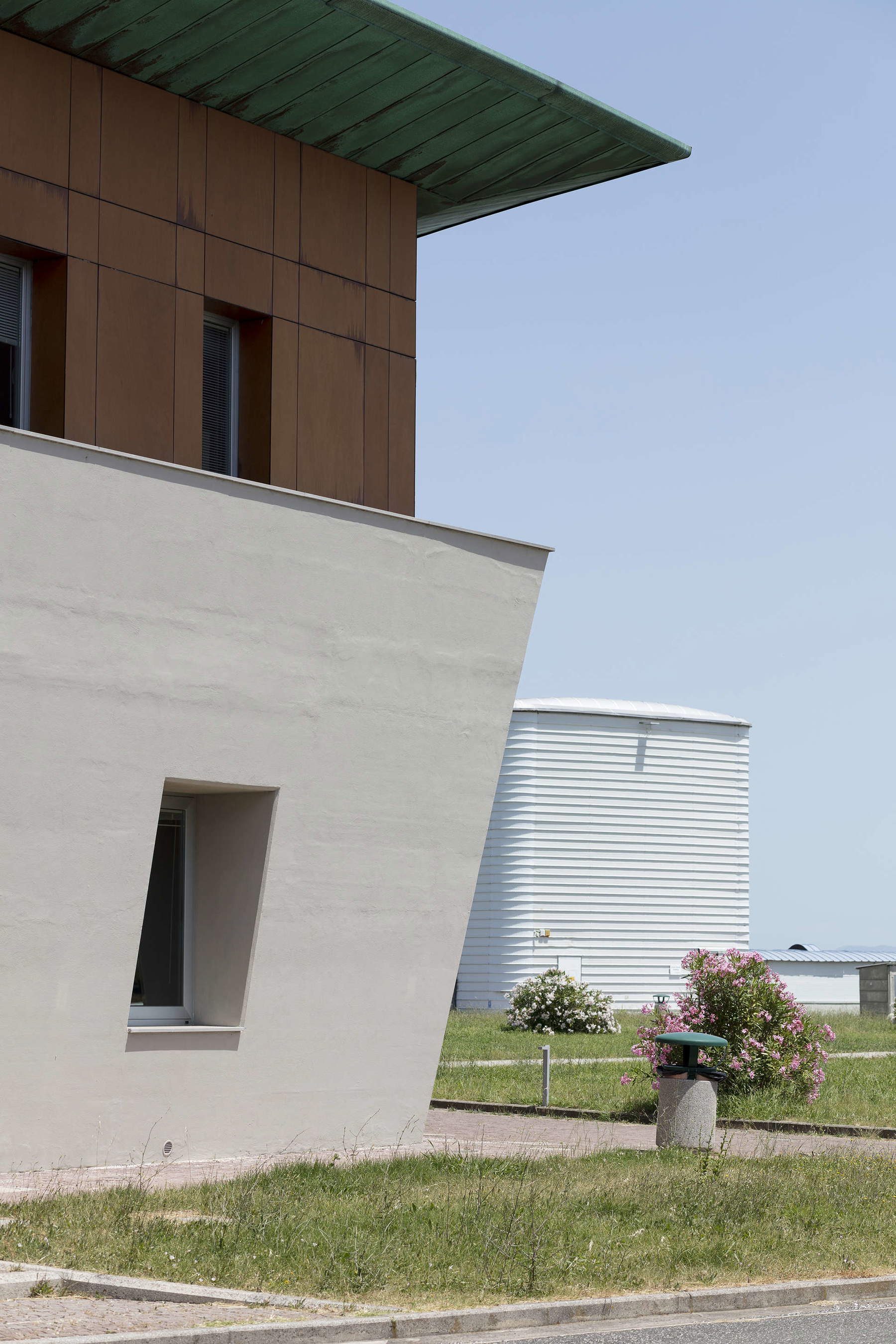
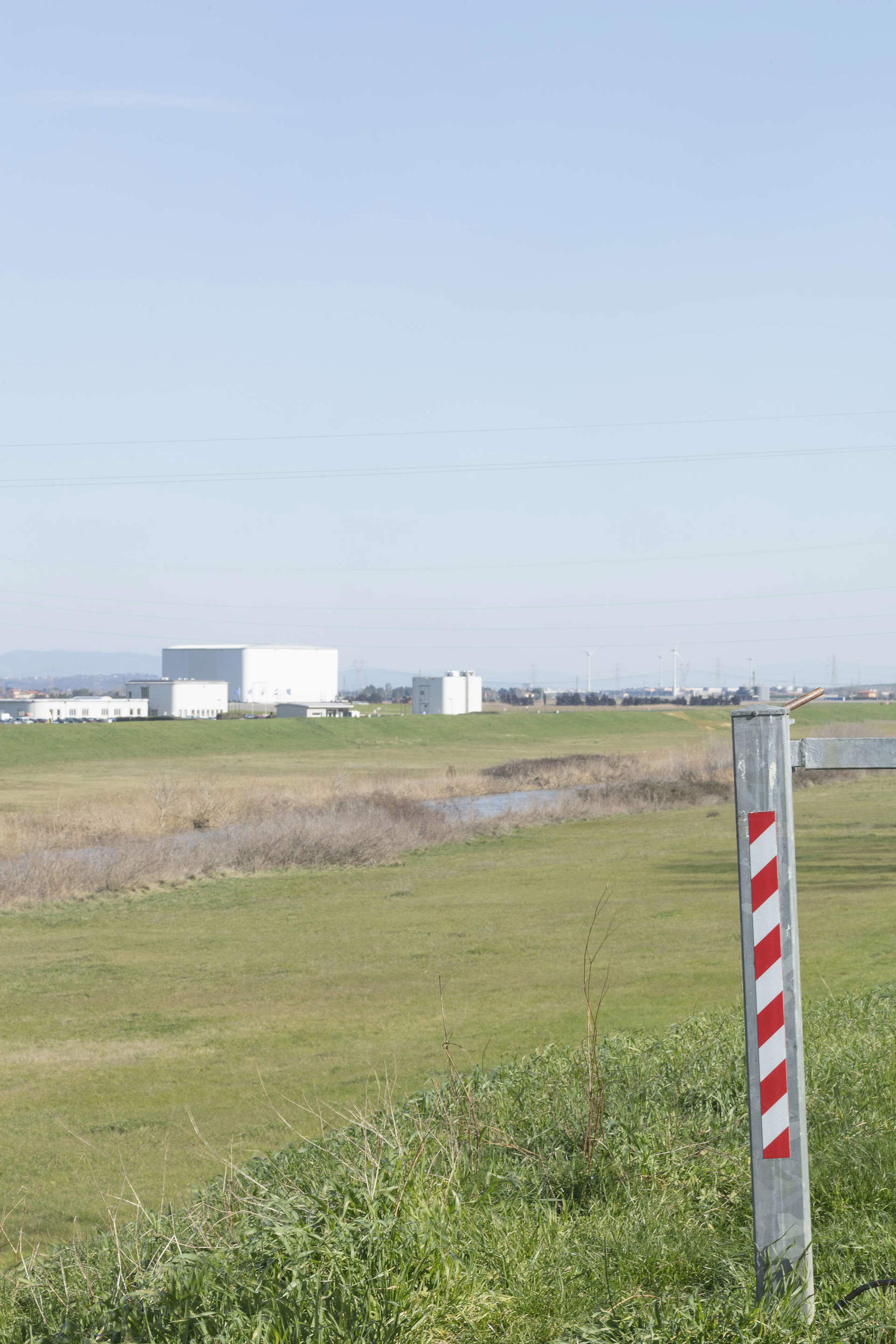
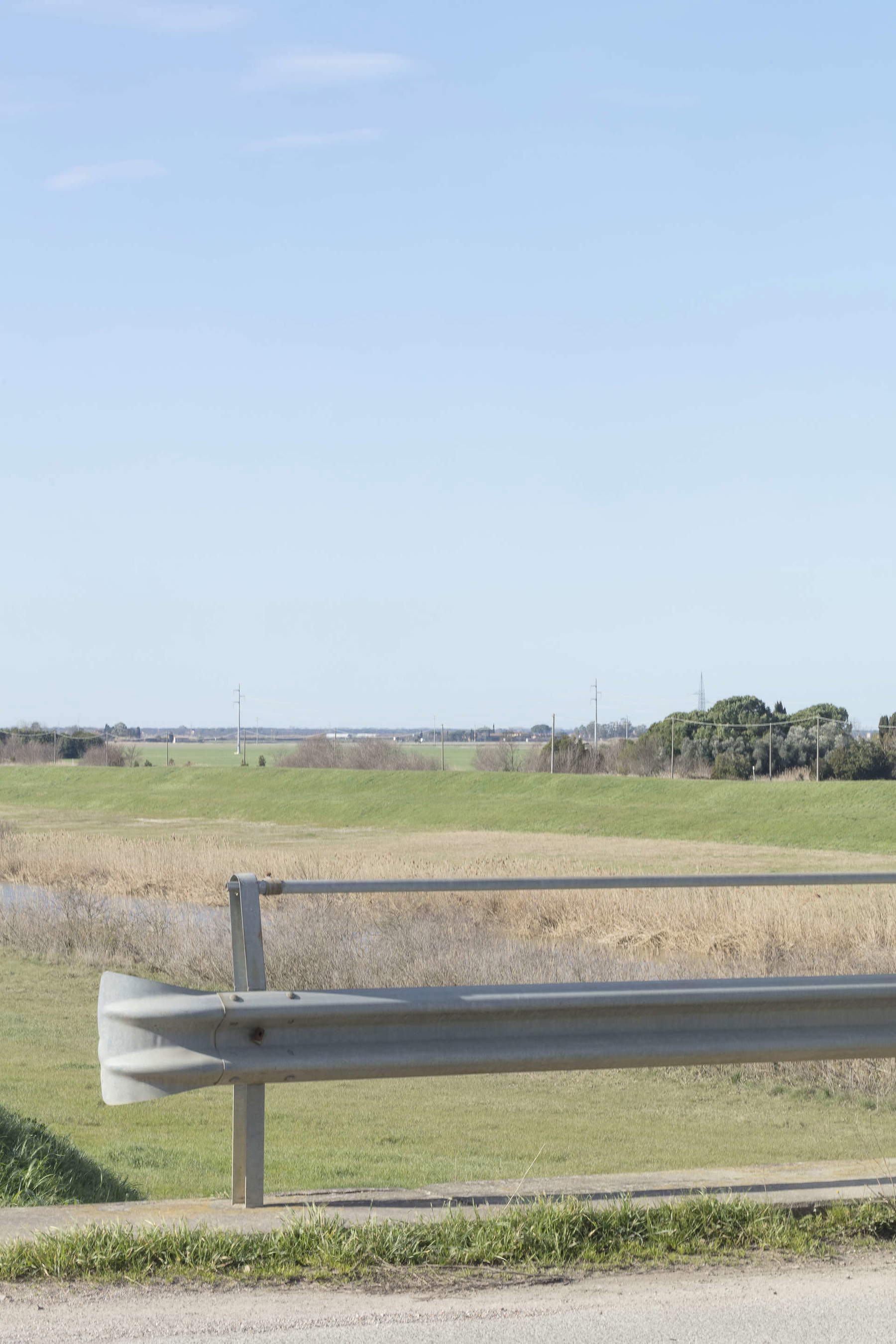
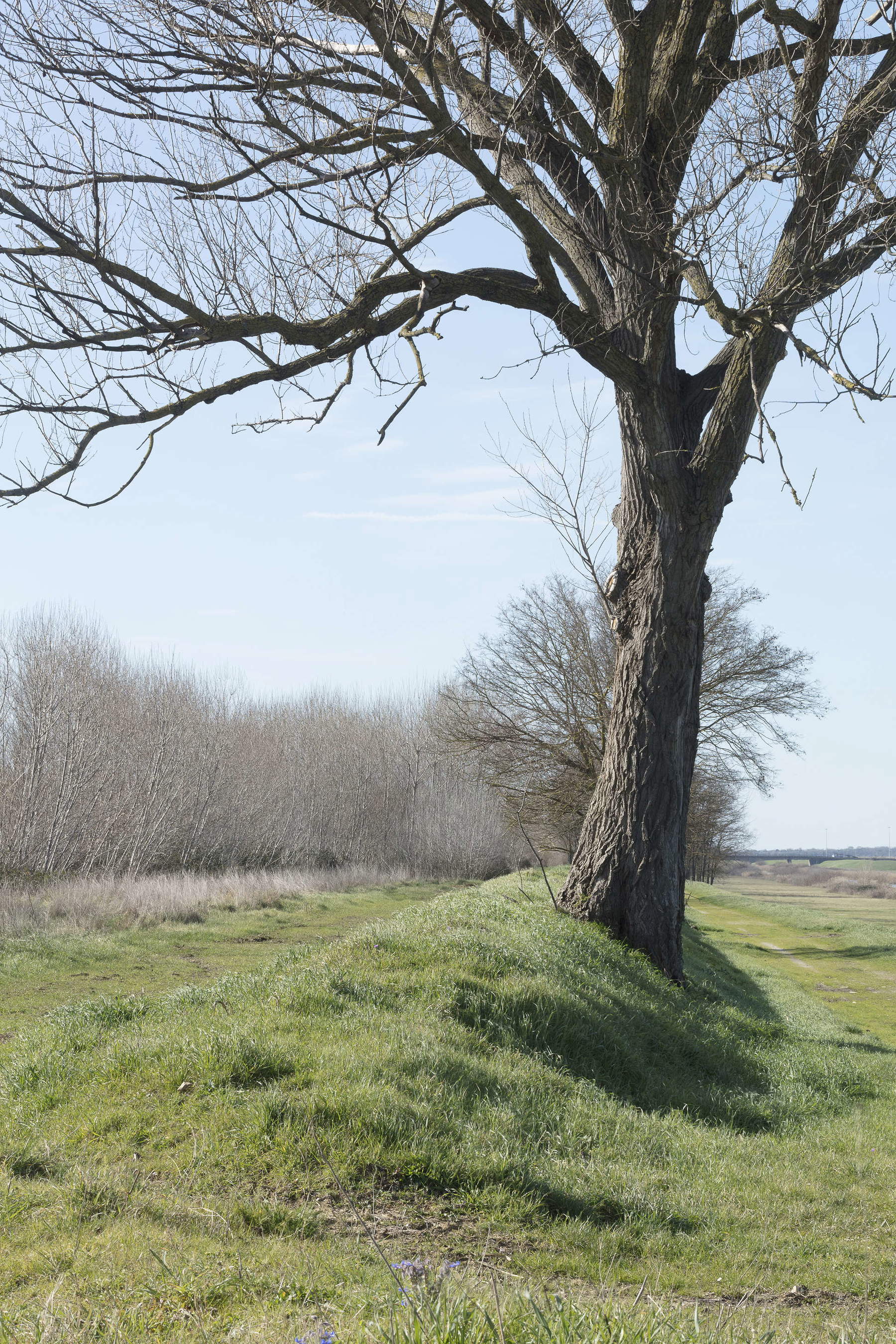
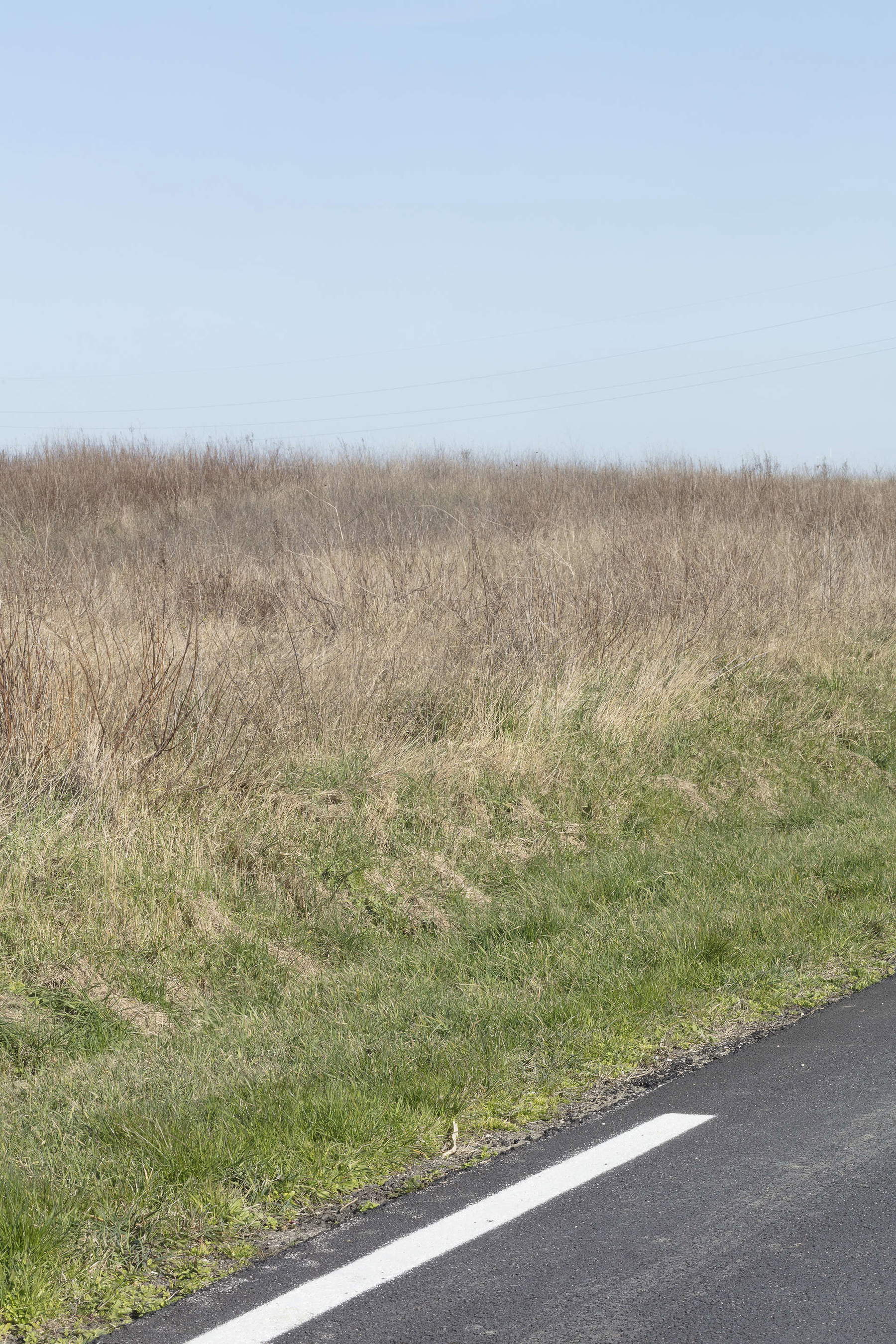
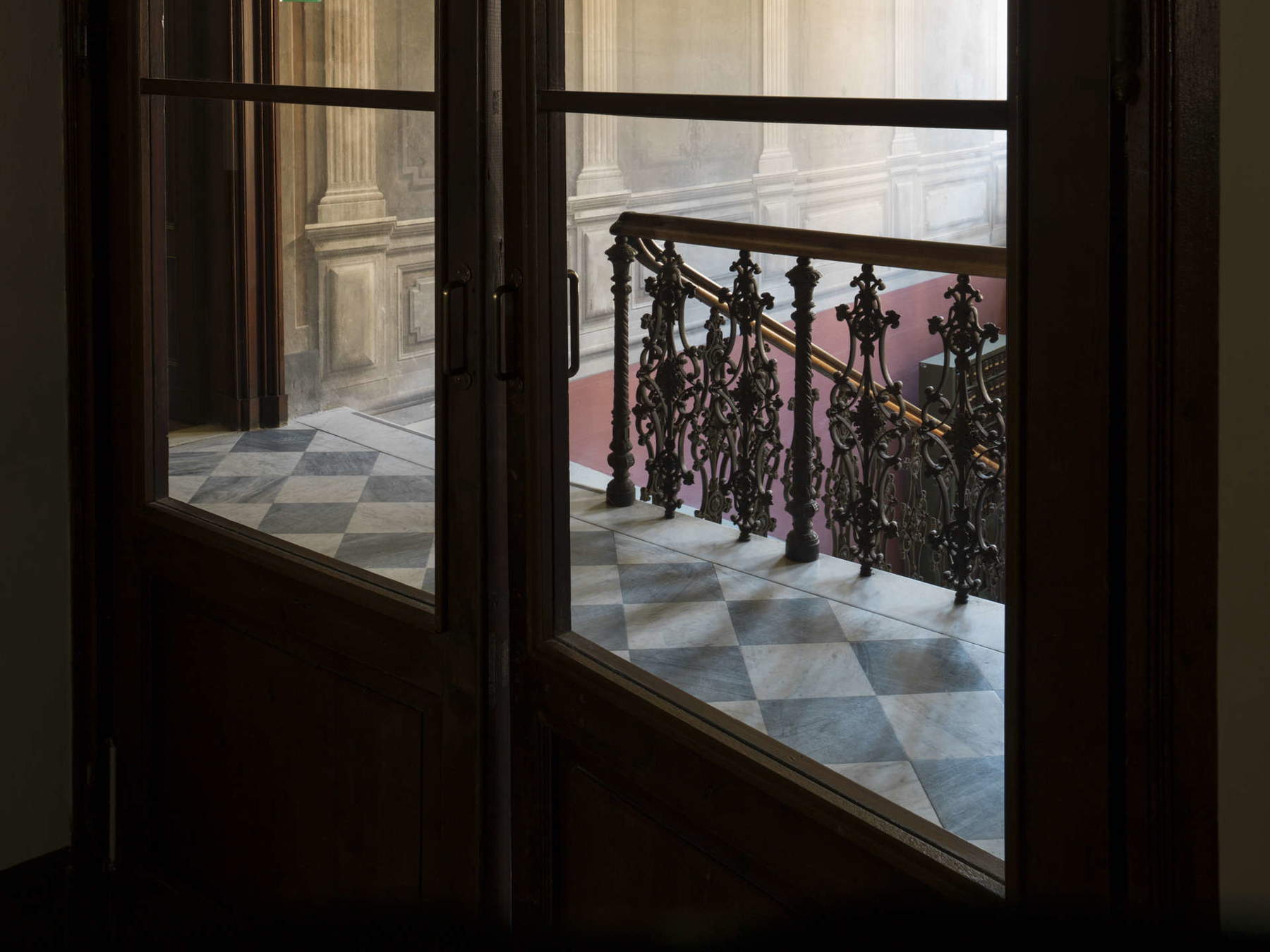
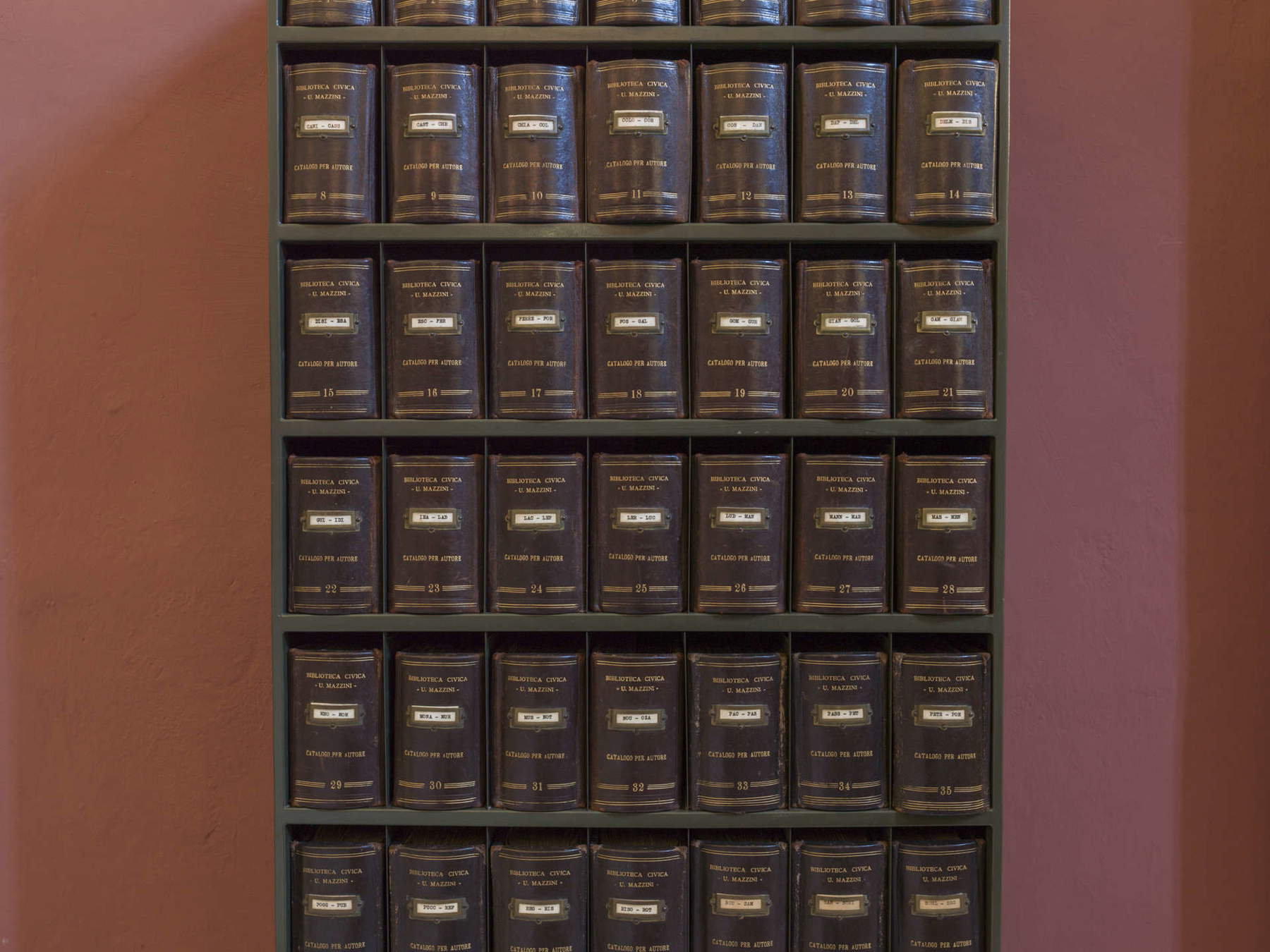
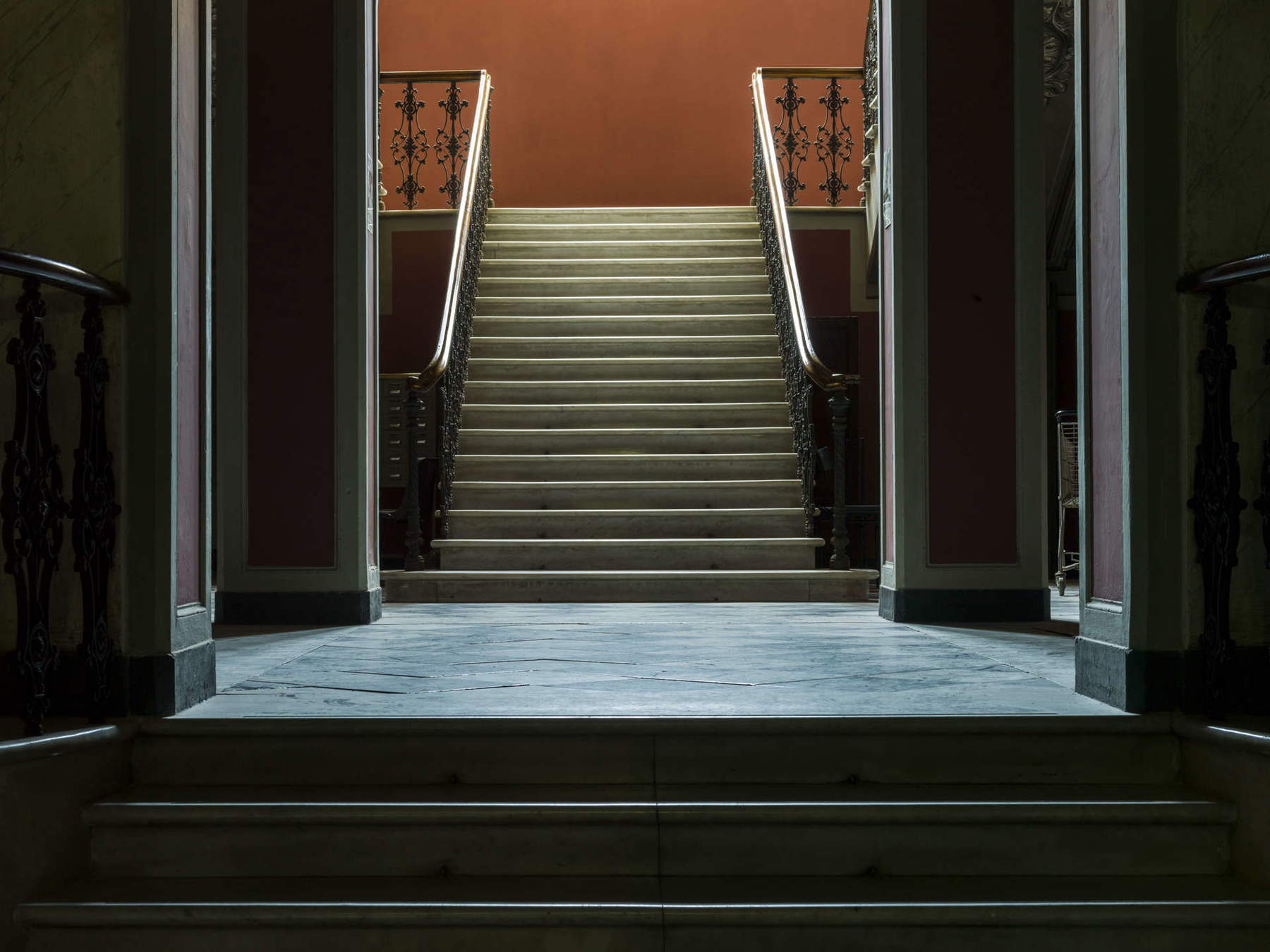
This sensitivity to the landscape is found in a series of images born out of an investigation into the relationship between space and identity. Territory, for Amici, is never a static datum, but a living web of relationships and memories. As in the research dedicated to the course of the Carrione, “a waterway that contains history, strength, fragility, identity; the main natural artery in which the vital energy of the city of Carrara circulates,” as Enrico Amici defines it. “The river is alive. It responds to our actions, feelings and behavior toward it,” he explains. “Photographing it becomes an opportunity to feel it pulsing and recognize its friendship, its closeness, its suffering. I know it contains something sacred and I try to look for it, even if I don’t know exactly where: the water, the shore, the banks, the spring, the adjacencies, the people, the sky, the sea, and so on.” The photographer follows the course of the Carrione, from its source to its mouth, and each time it is as if, in his own words, “you return to find someone waiting for you”; it is a respectful, cautious approach, aware of the complexity of the river, and always with a gaze intent on relating to its energy and celebrating its beauty, wounds and contradictions.
The transformation of the three main libraries in La Spezia, namely the Biblioteca Civica “Ubaldo Mazzini,” the Biblioteca Civica “Pietro Mario Beghi” and the Mediateca Regionale Ligure “Sergio Fregoso” were instead the protagonists of another research that resulted in the exhibition Transformation of the Urban Library System. La Spezia, 2013-2019, set up in the former Fitram depot in La Spezia in 2019. Here Amici recounted not only the areas, buildings, and contents of the libraries before, during, and after the construction sites, but also how it was possible for a city, and particularly the suburbs, to change its face through the years and through urban planning projects.
Projects that may seem very distant from each other: they range from the documentation of a sophisticated astrophysical observatory like Virgo to an investigation of the transformation of city libraries to a reflection on the relationship between photography, places and territorial identity. Yet what these works profoundly have in common is their ability to restore the complexity of reality through a careful, never superficial gaze that makes photography an instrument of knowledge and listening. These projects, while moving on different planes, converge in a common invitation: to look deeper at what surrounds us, to grasp the profound meaning of the places, structures, architectures and spaces in which we live or pass through. Amici’s photography does not simply record what is visible, but seeks the hidden traces, the signs of time, the invisible connections that bind a place to its history. In this sense, the image is never a point of arrival, but an opening: a way of questioning, exploring, relating. His photographs place themselves in listening to places, whether they are a scientific facility immersed in the Tuscan countryside, a cultural building in the heart of a city or a landscape that may seem anonymous; each shot becomes a way to establish contact, to open a space for reflection. Amici’s photographs remind us that space is never neutral: and it is precisely in recognizing this nonneutrality of places and in the ability to see both the whole and the detail at the same time that lies the power and poetry of his work.
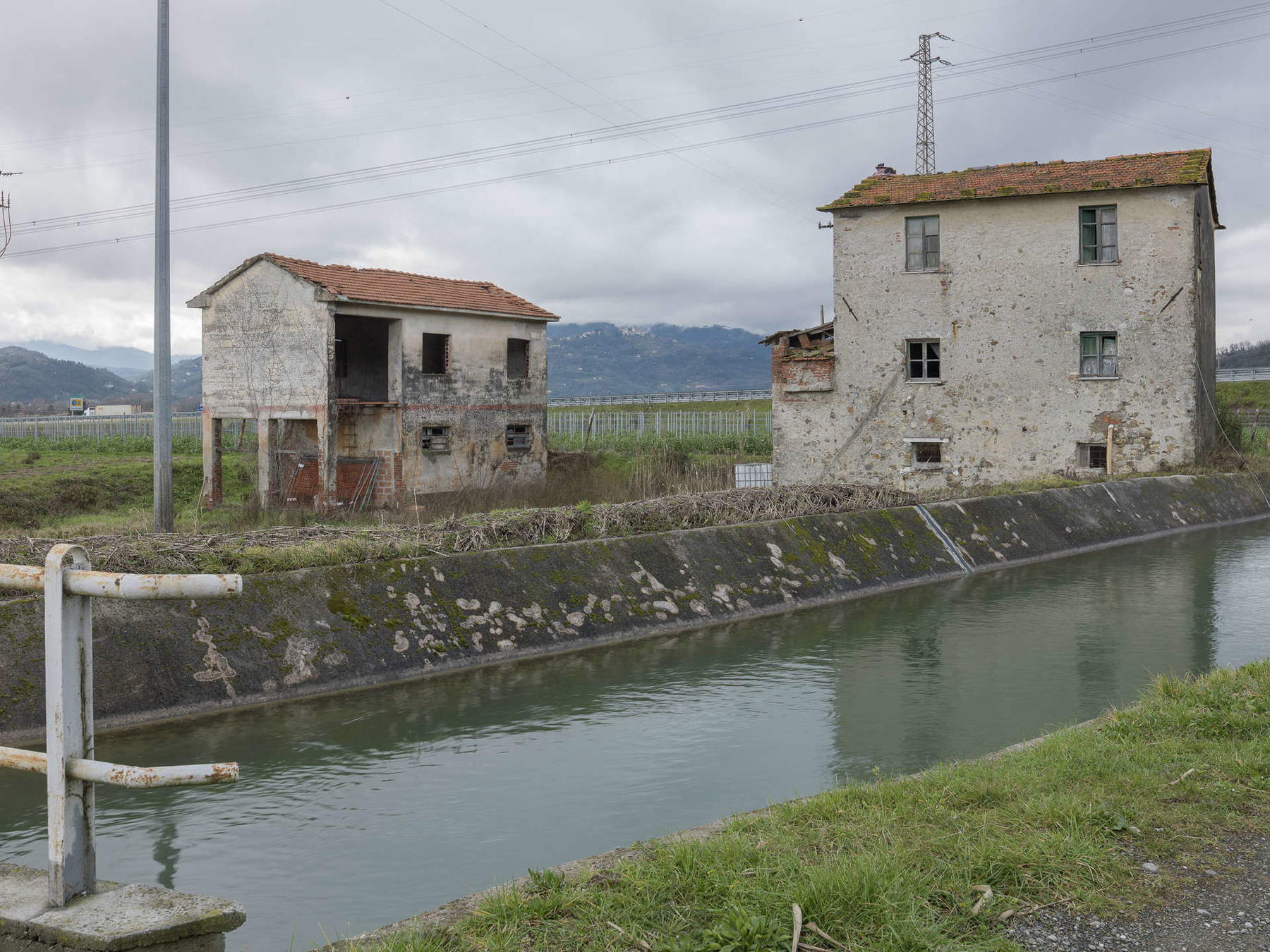
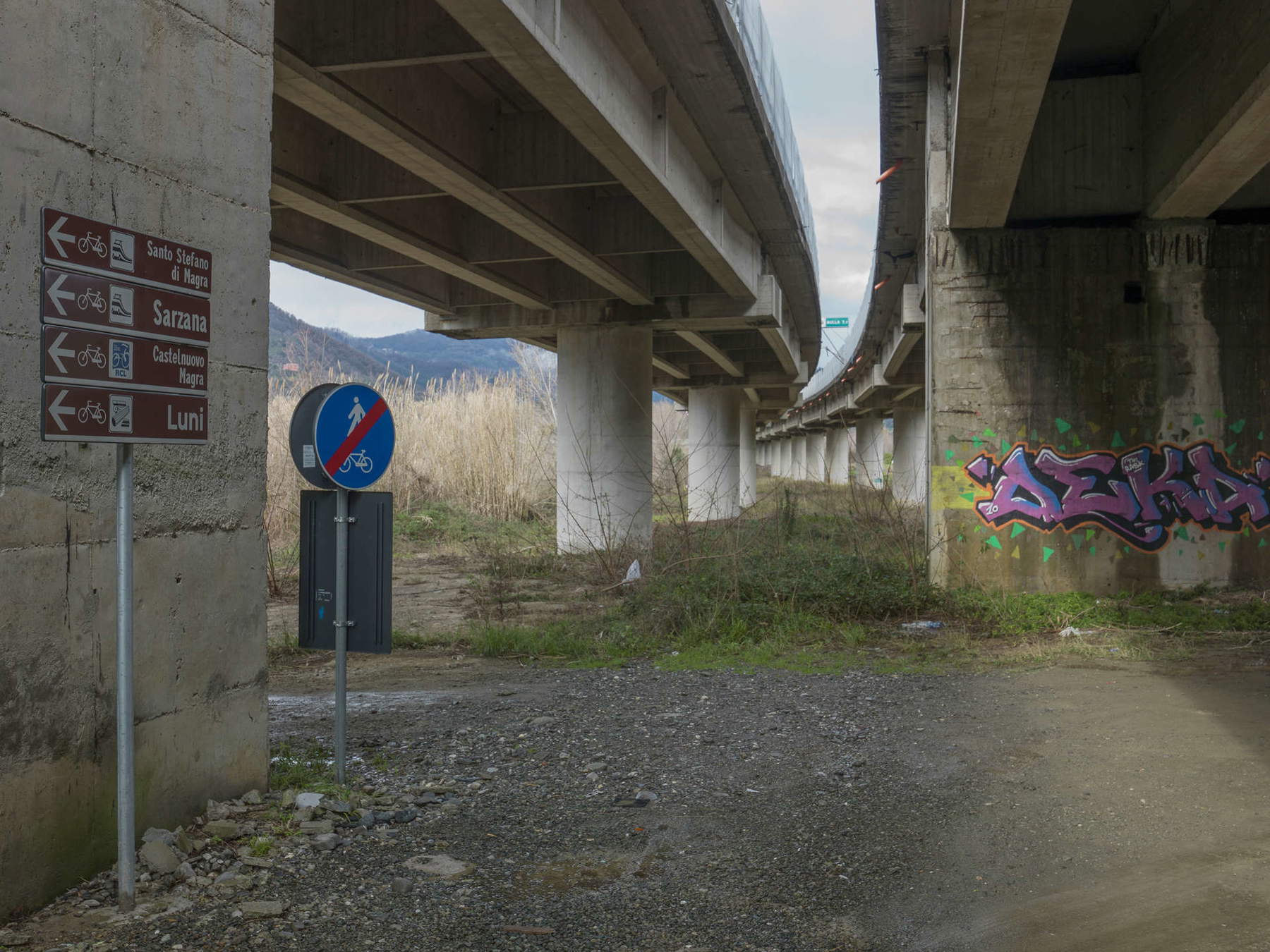
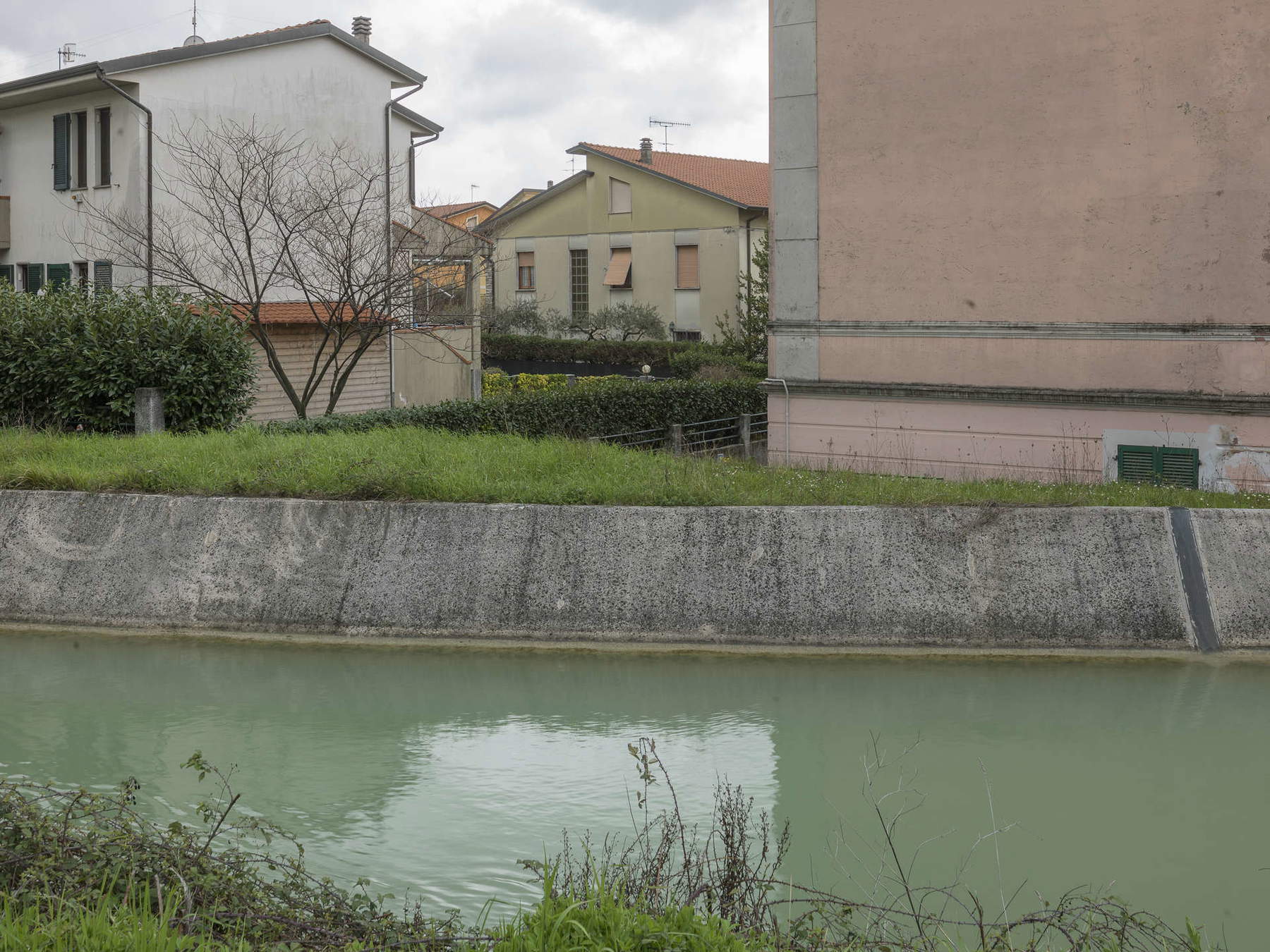
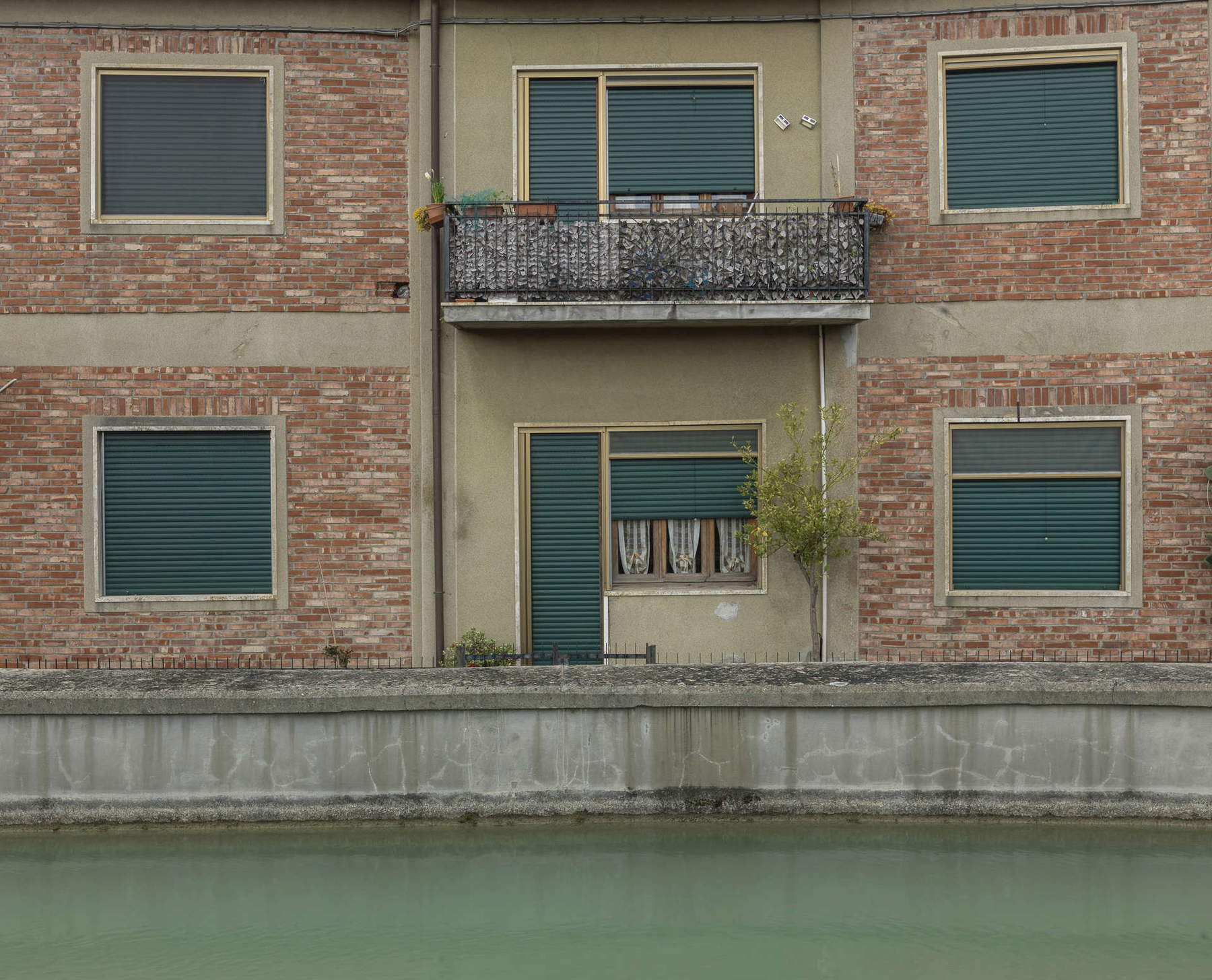
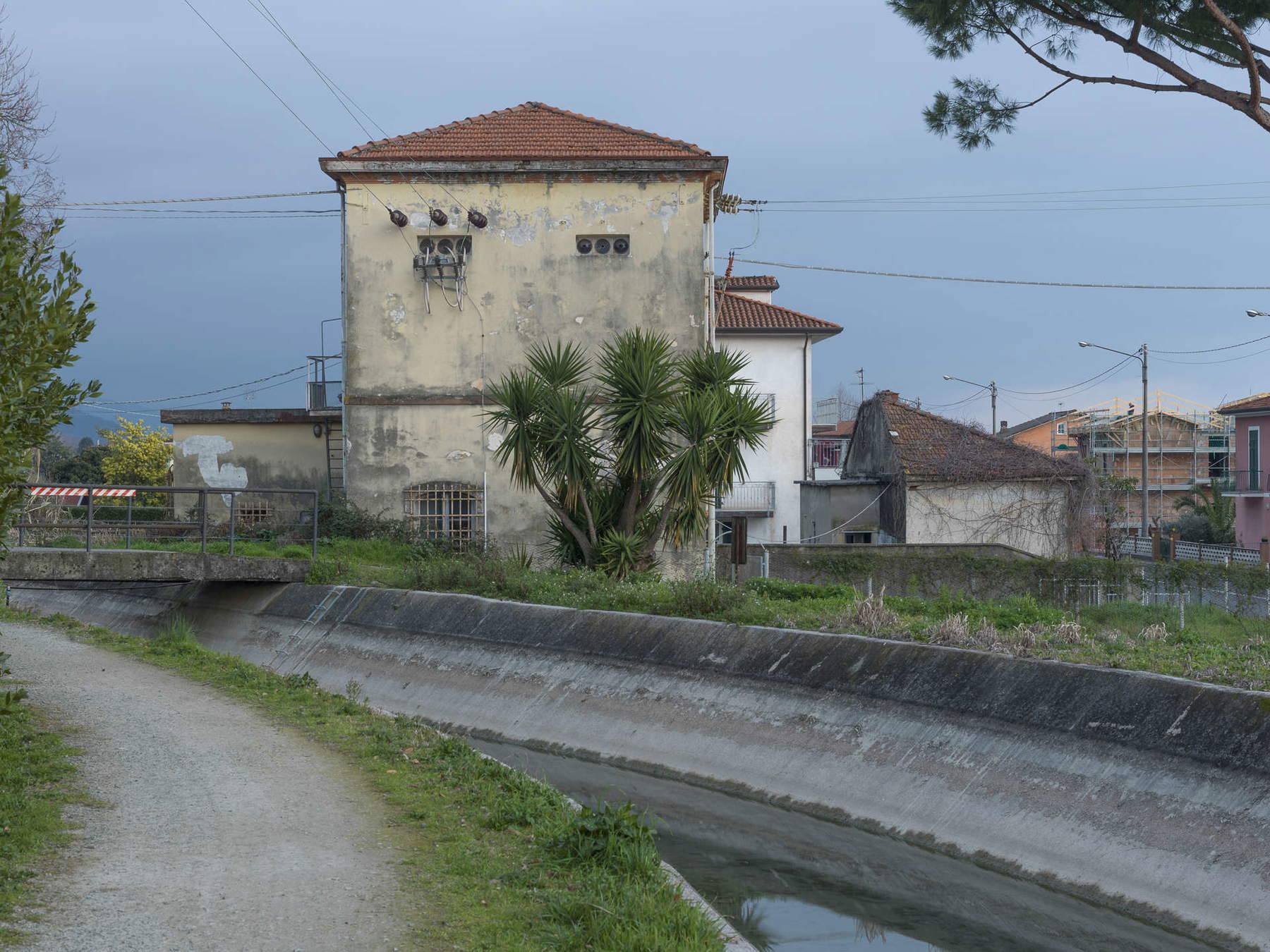
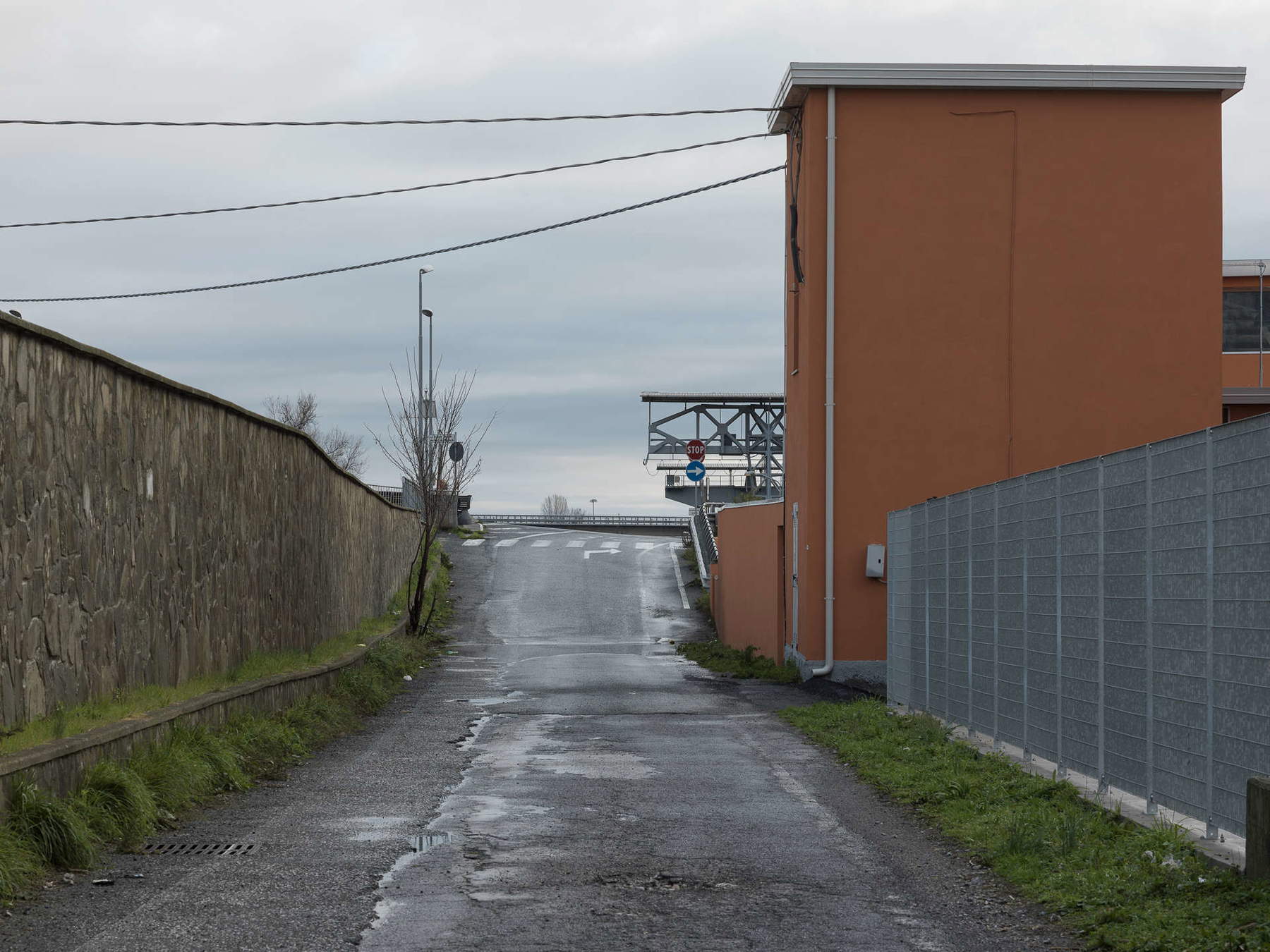
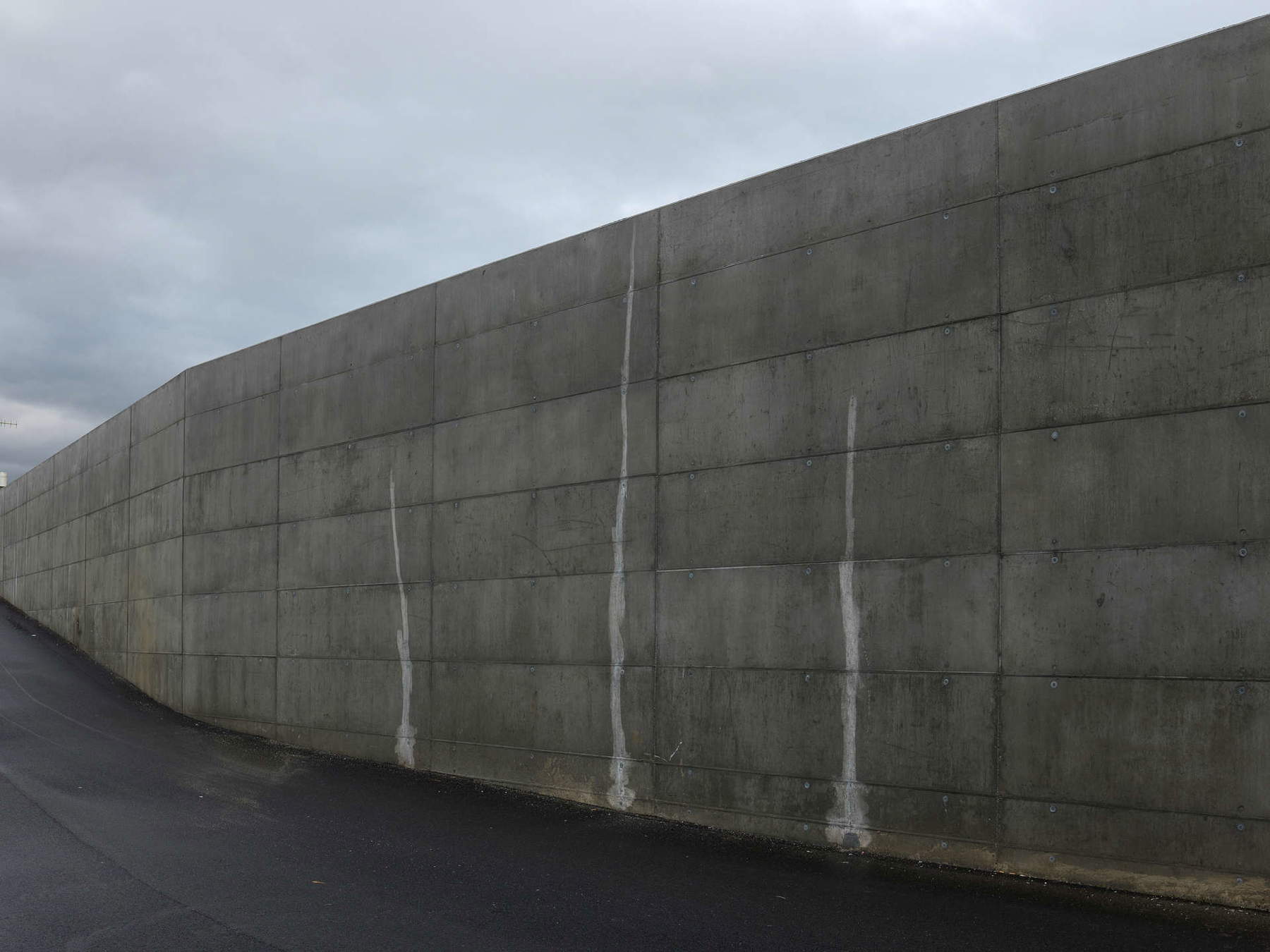
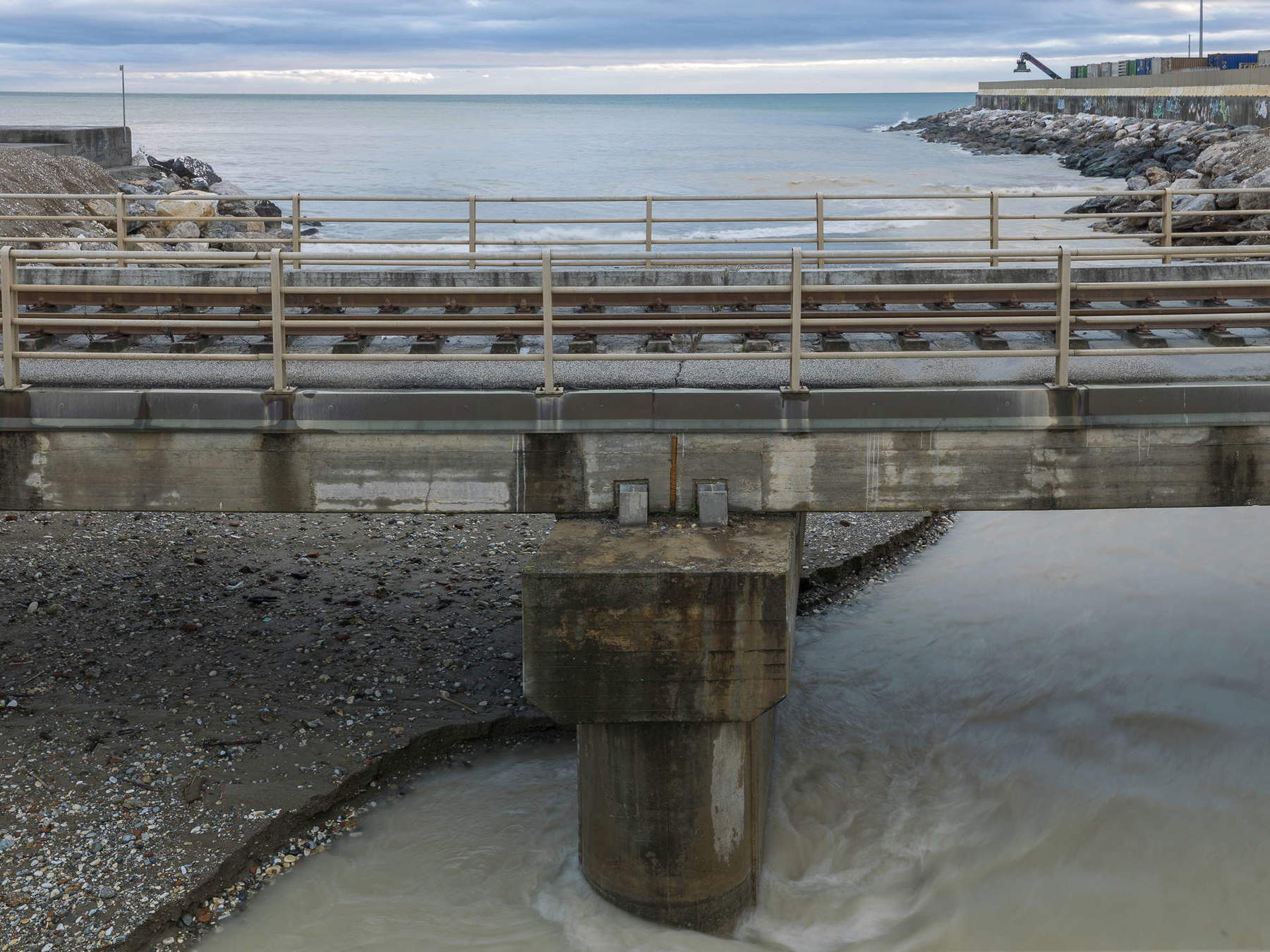
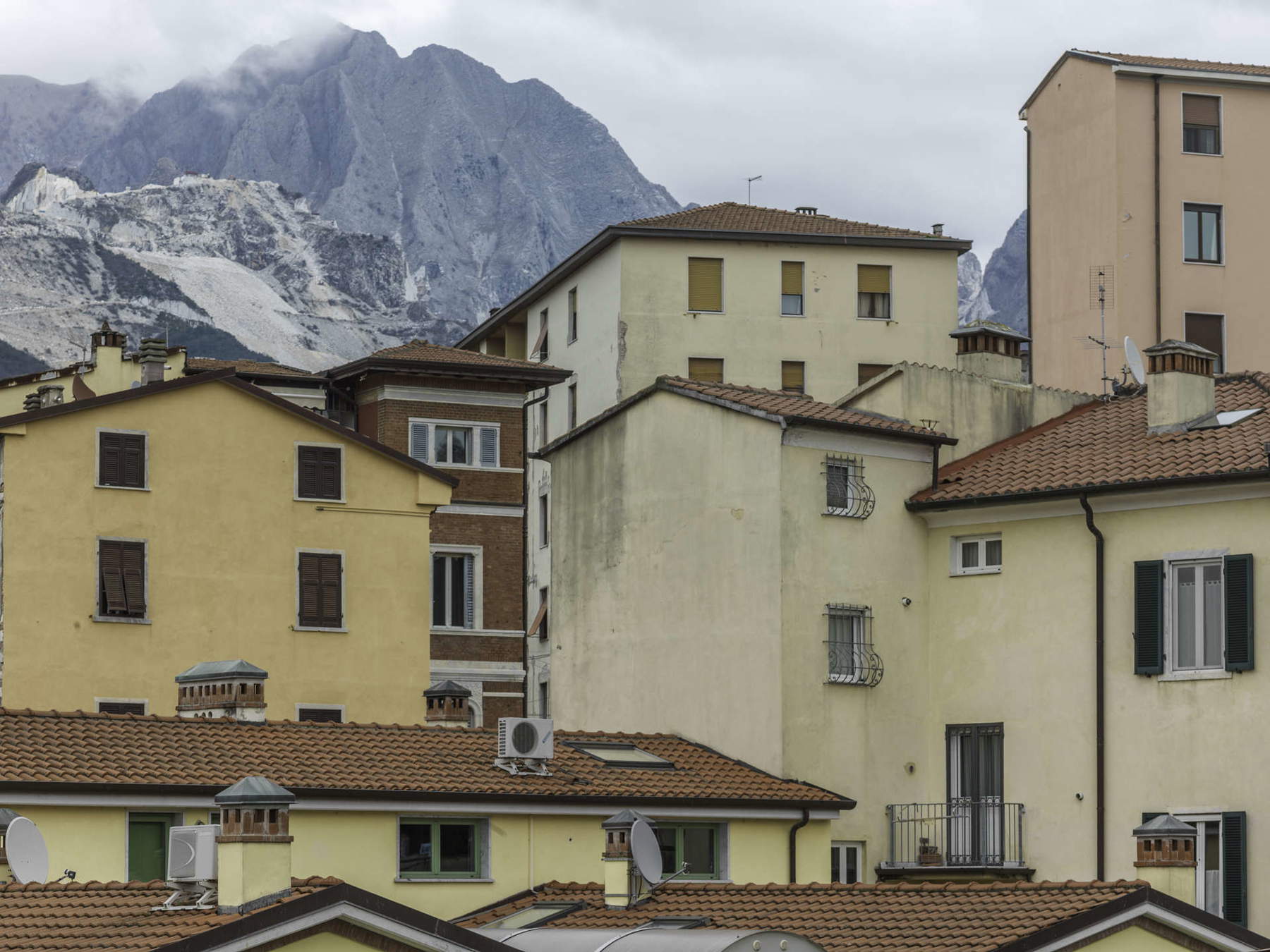
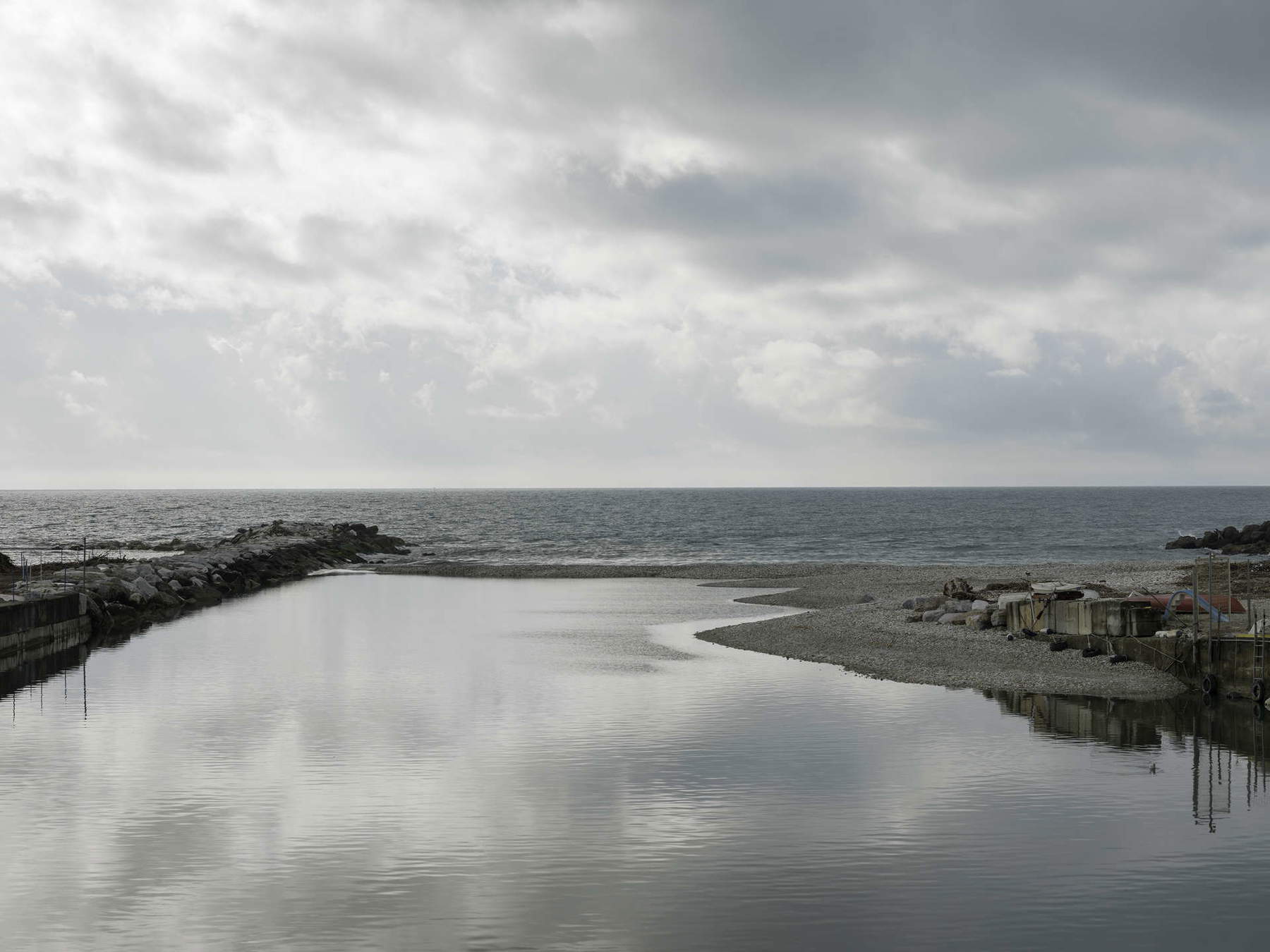
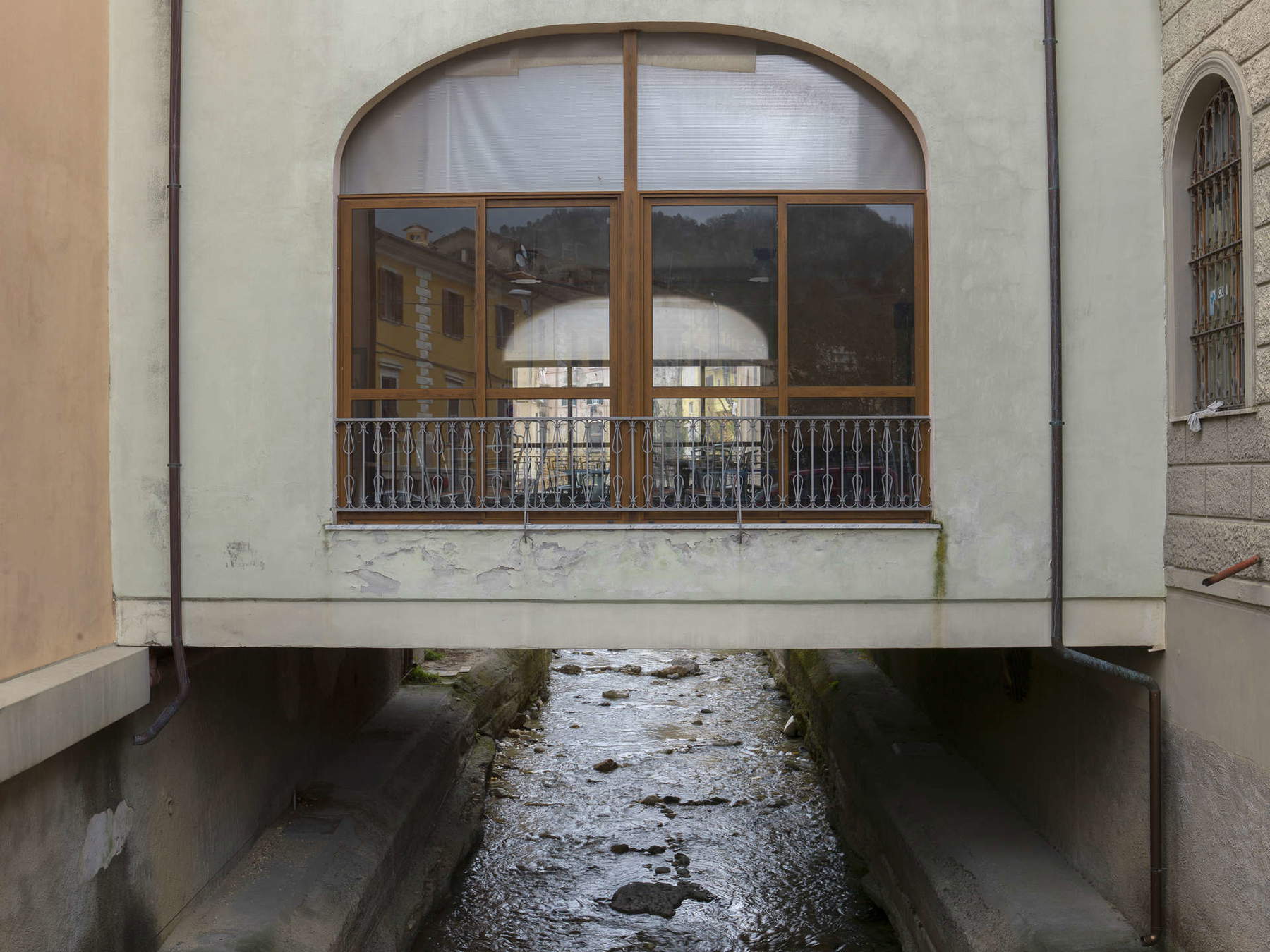
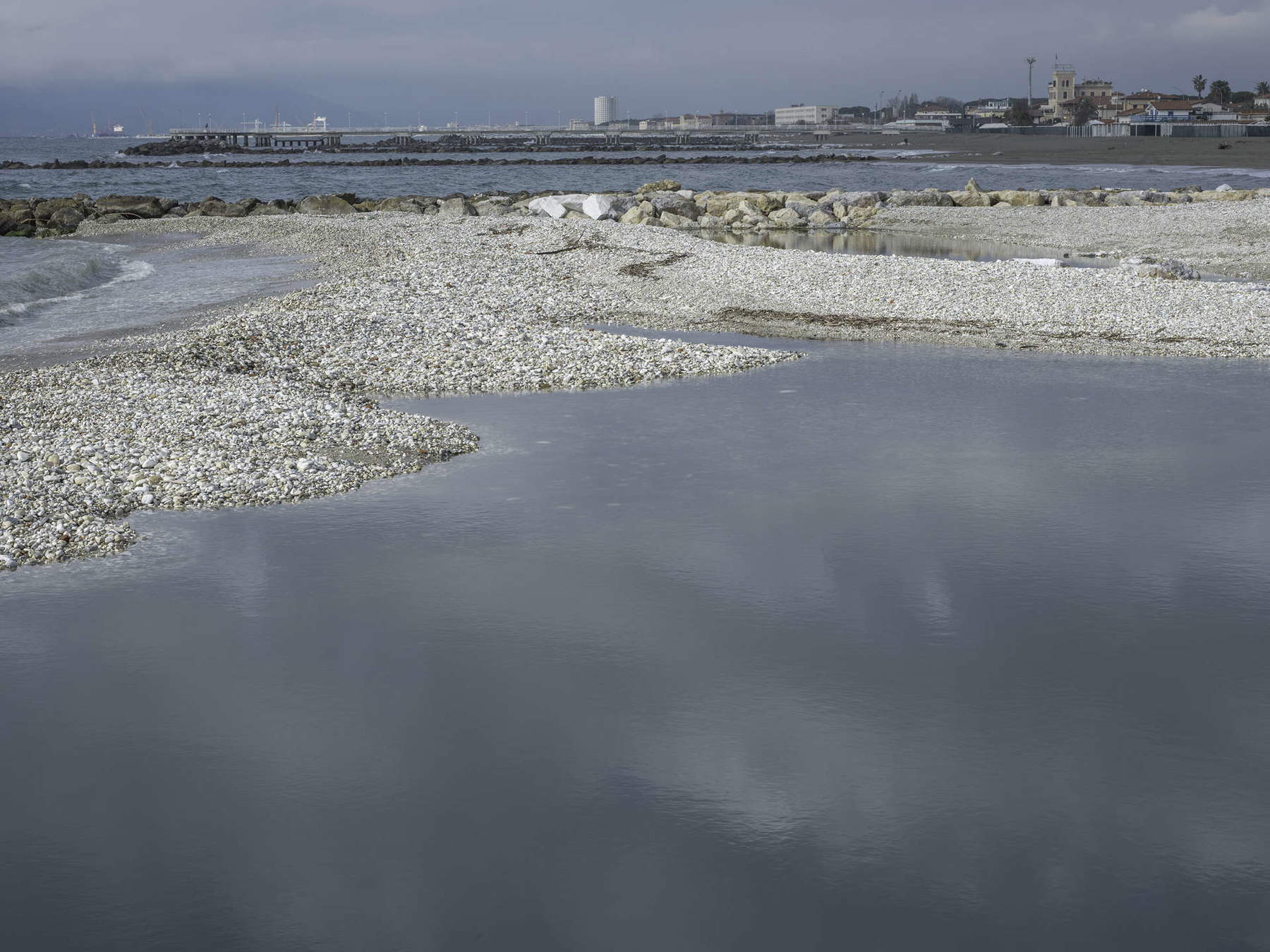
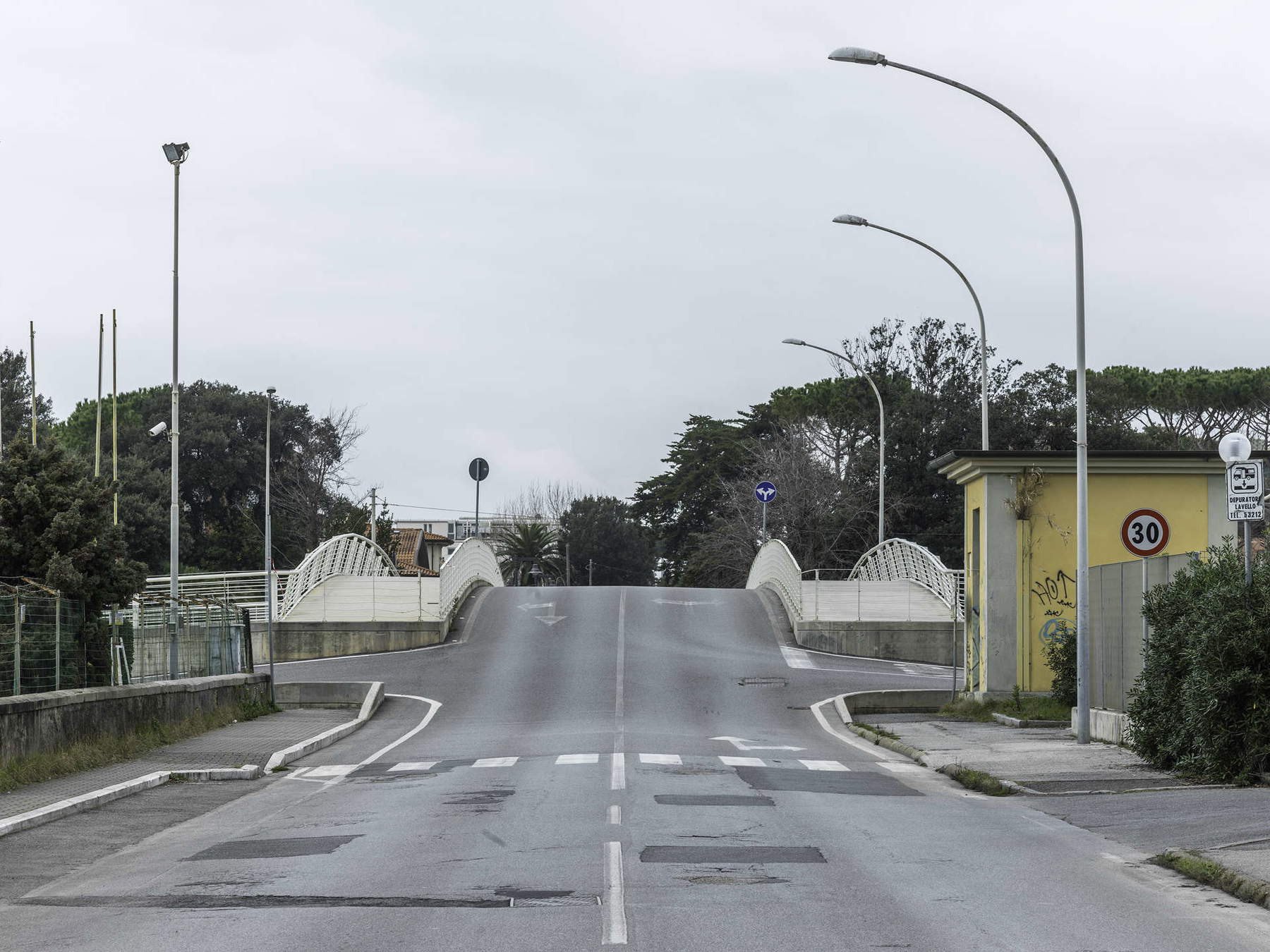
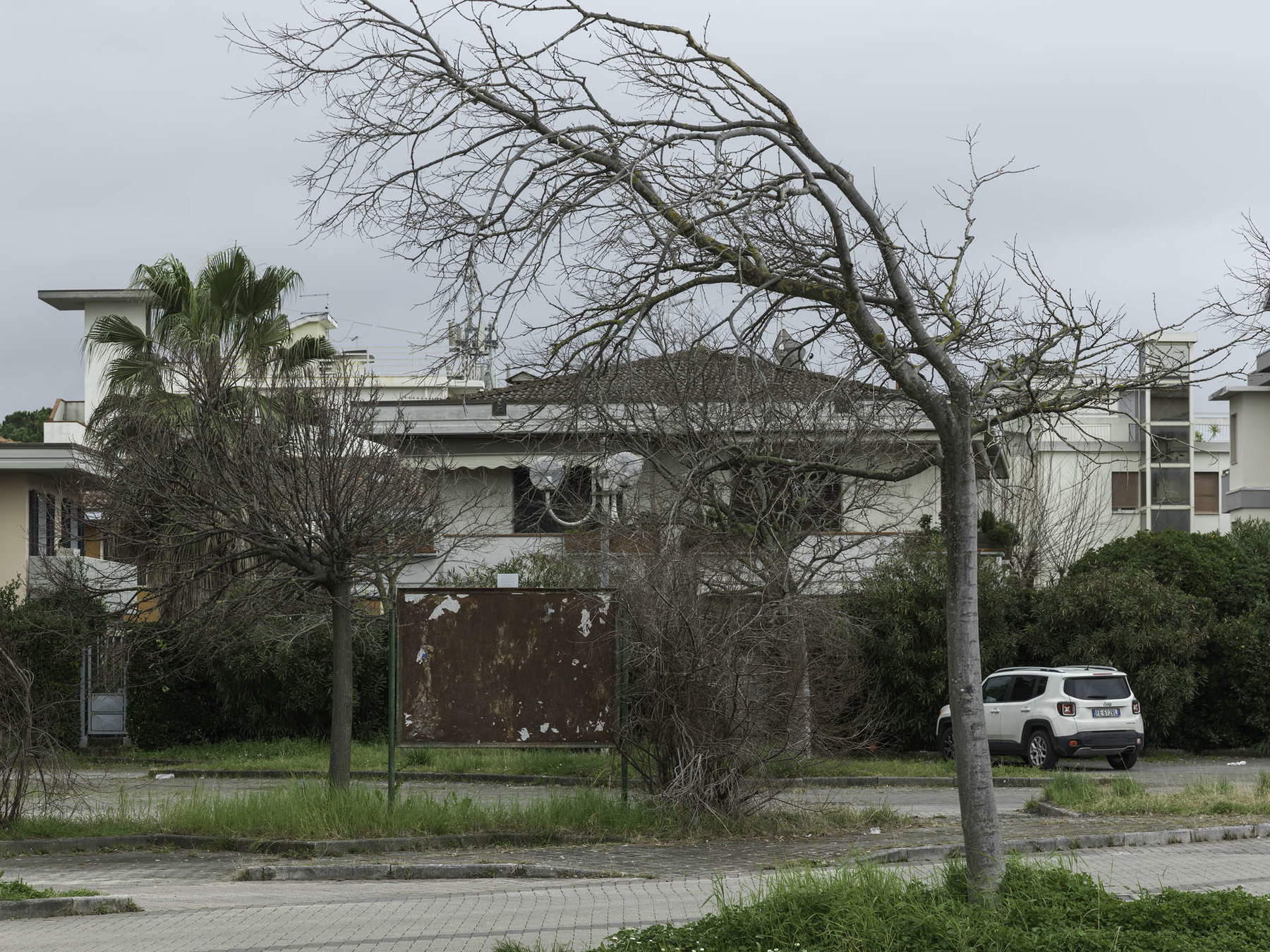
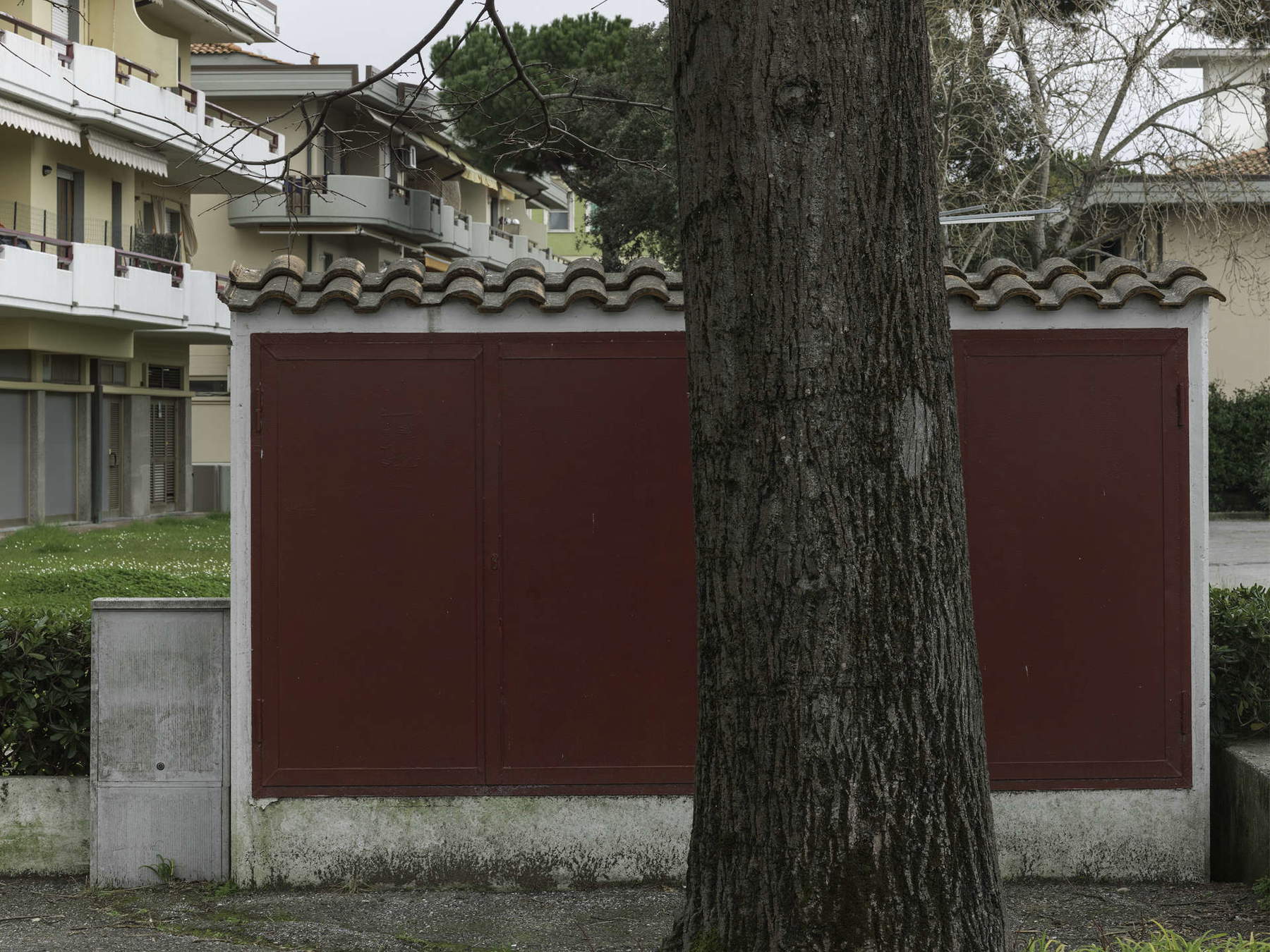
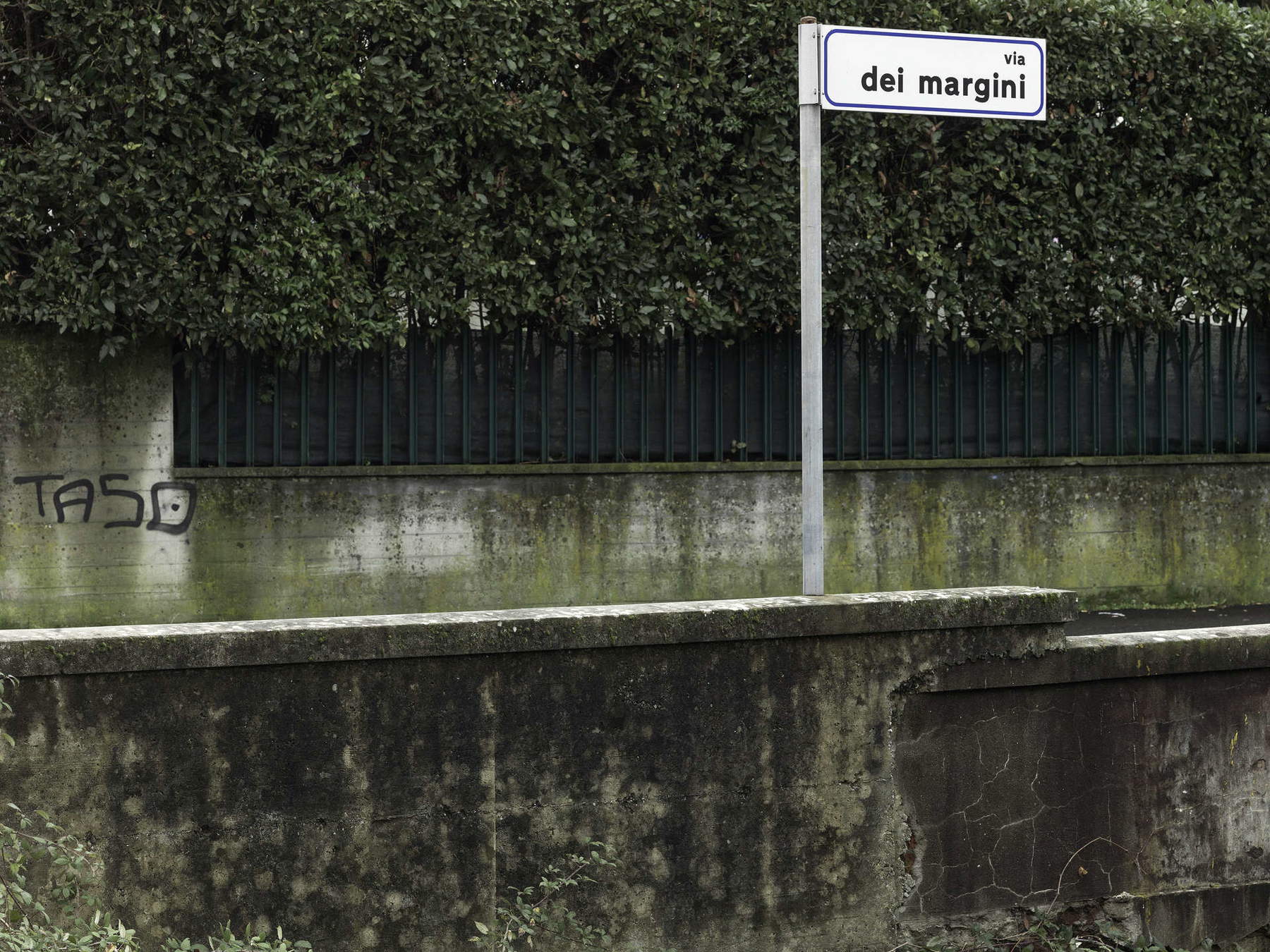
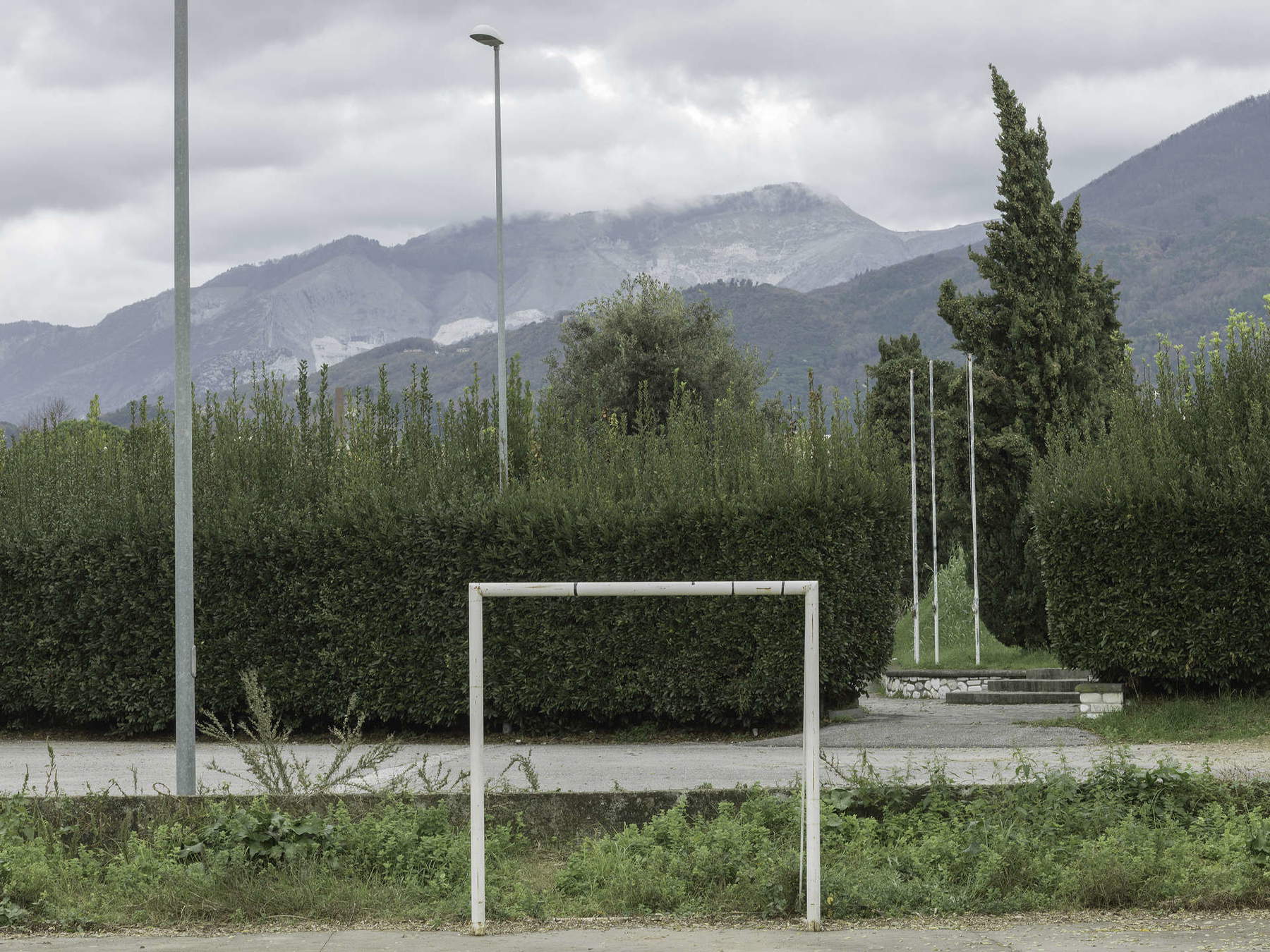
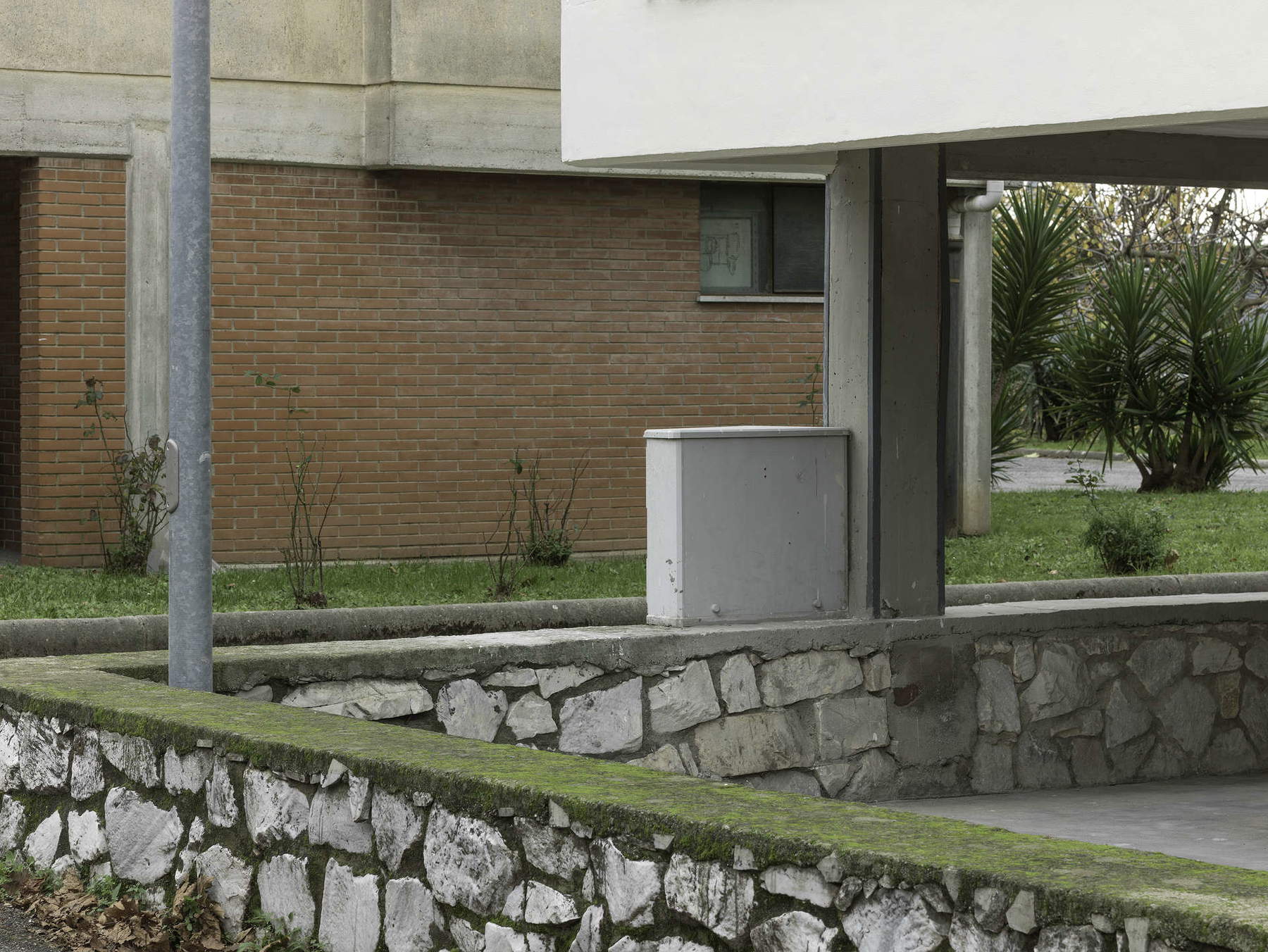

His photographic language is distinguished by its essentiality and formal sobriety, moving toward a minimal visual synthesis that eschews any redundancy. This stylistic choice is part of an artistic approach that finds inspiration not only in the teaching of his teacher Sergio Fregoso, who also guided him in approaching the theme of the transformation of places, but also in the works of great interpreters of Italian landscape photography, such as Guido Guidi and Luigi Ghirri. Guidi argued that the really interesting things are always found at the margins, and that photographic composition, according to him, does not start from the center but from the edges, and indeed Amici’s gaze also rests on marginal situations, far from the center of attention. As for the light, the one he prefers is not that of a fully sunny day, but a diffuse, more natural light, capable of restoring a complete legibility of the scene, free of sharp shadows. This approach is a clear reference to Gabriele Basilico, another important point of reference of his, who in his portraits of factories used a uniform and sharp light, able to enhance the plasticity of the architecture.
Another of the photographers who most influenced him and taught him something was Renzo Chini, author of The Language of Photography, who passed on to him the search for sincerity: he recognized whether a shot was honest or not, that is, whether he was merely following the fashions of the moment in photography or whether there was really research, an awareness behind that image. This was an approach that profoundly influenced Amici: for him, in fact, photography is not only a means of expression, but also represents a cognitive and reflective practice through which to explore and broaden one’s cultural and existential horizons, placing oneself in listening to the world and its transformations.
Another fundamental element in Enrico Amici’s photographic vision is the idea, transmitted to him by his teacher Sergio Fregoso, that photography should first and foremost be useful. Not a mere hobby, nor a practice to be cultivated for passion or pure technical interest: areas that, if deprived of a deeper critical and ethical awareness, risk remaining sterile. Photography, according to Amici, must represent an active and conscious tool, capable of contributing to the growth of the individual in multiple aspects: human, professional, spiritual and cultural. A medium through which to question the world, reflect on oneself, and expand the boundaries of one’s understanding. Guido Guidi spoke of photography as an “object for thinking,” emphasizing its ability to stimulate complex and profound mental processes. From this perspective, Amici’s images are proposed as tools capable of activating a dialogue between vision and thought, between observation and awareness, helping to make photography a truly incisive medium for people’s minds and reading of the world around us. In this sense, what matters, the usefulness of photography, is not about how photography came to be from a technical point of view, but about the very experience of photography itself: “the trepidation, the relationship, the wonder, the awe, the apprehension, the effort for the kind of ’connection’ that happens just before, during the making of a shot, during the shot, immediately after, with what I am about to photograph and with everything else,” Amici explains. “I feel like I’m having a privileged, full, mysterious experience. A continuous growth. An advancing, exploring, on new (and old) paths.” A slow experience in which to abandon oneself fully, with the eyes, but above all with the heart.
Warning: the translation into English of the original Italian article was created using automatic tools. We undertake to review all articles, but we do not guarantee the total absence of inaccuracies in the translation due to the program. You can find the original by clicking on the ITA button. If you find any mistake,please contact us.